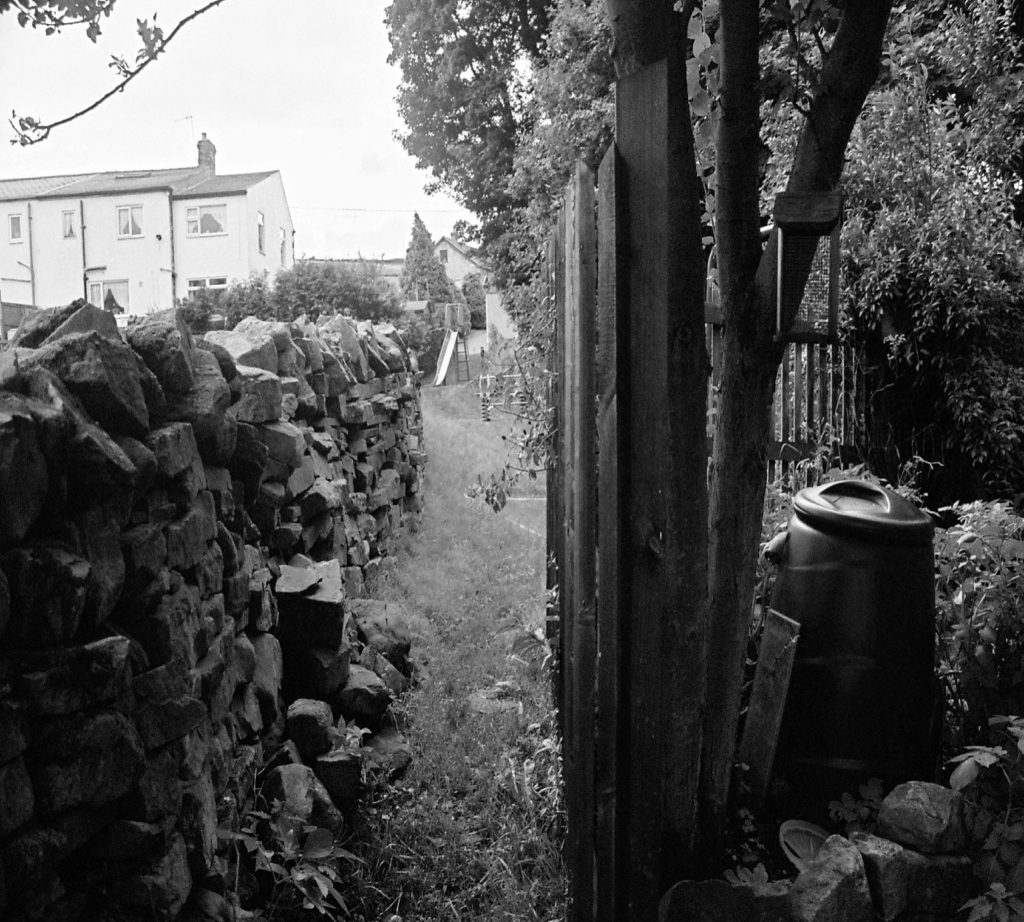
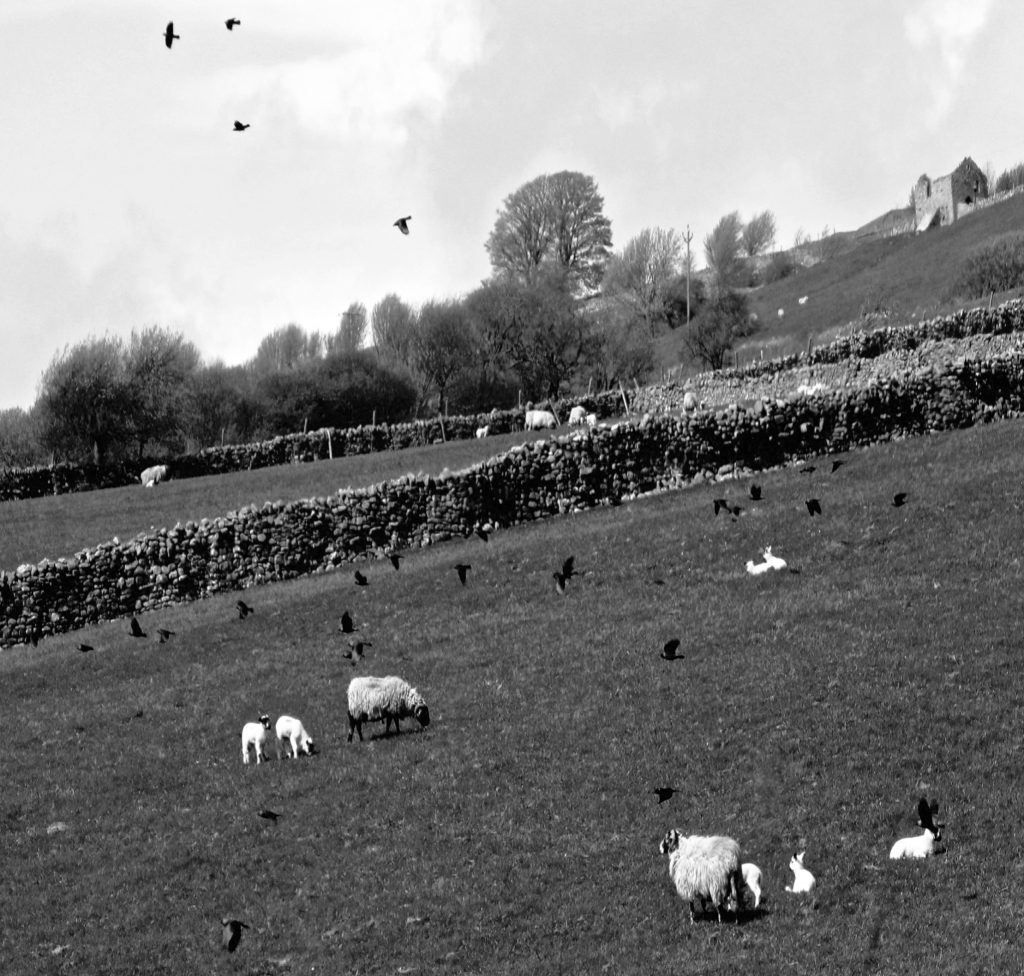
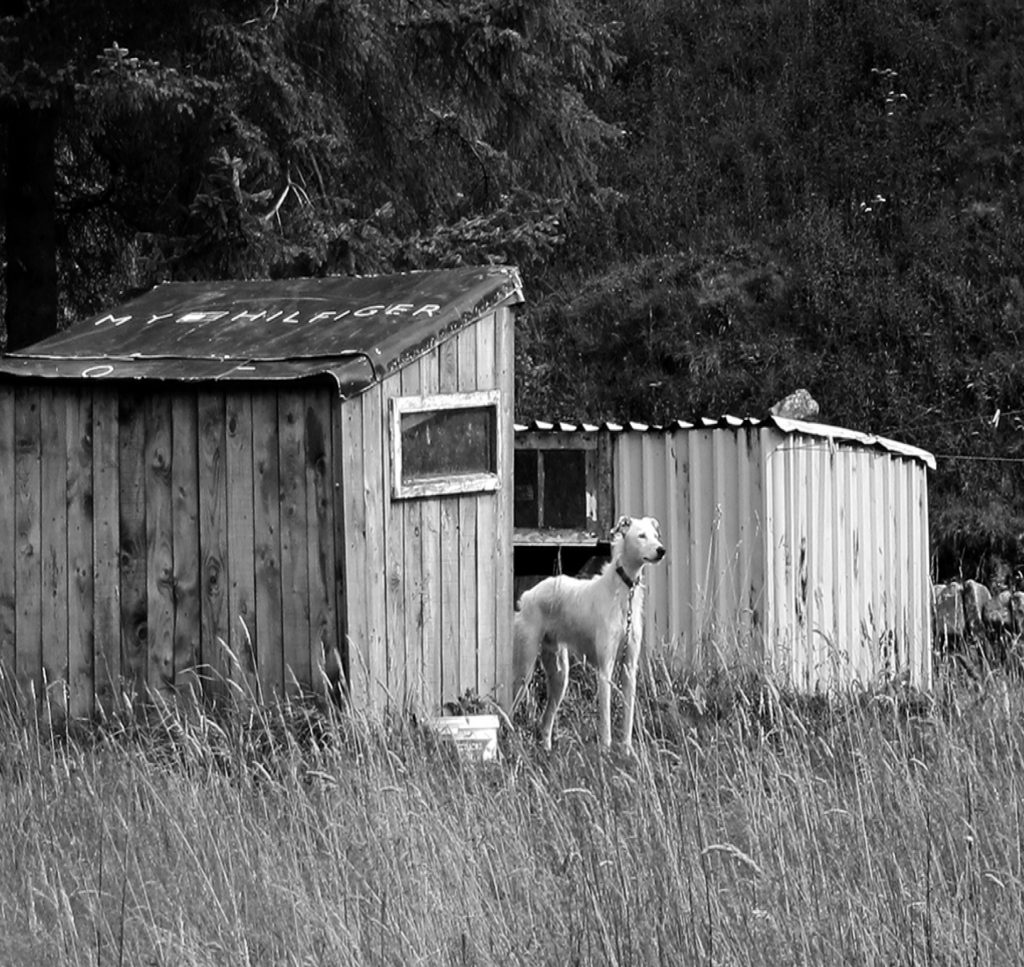
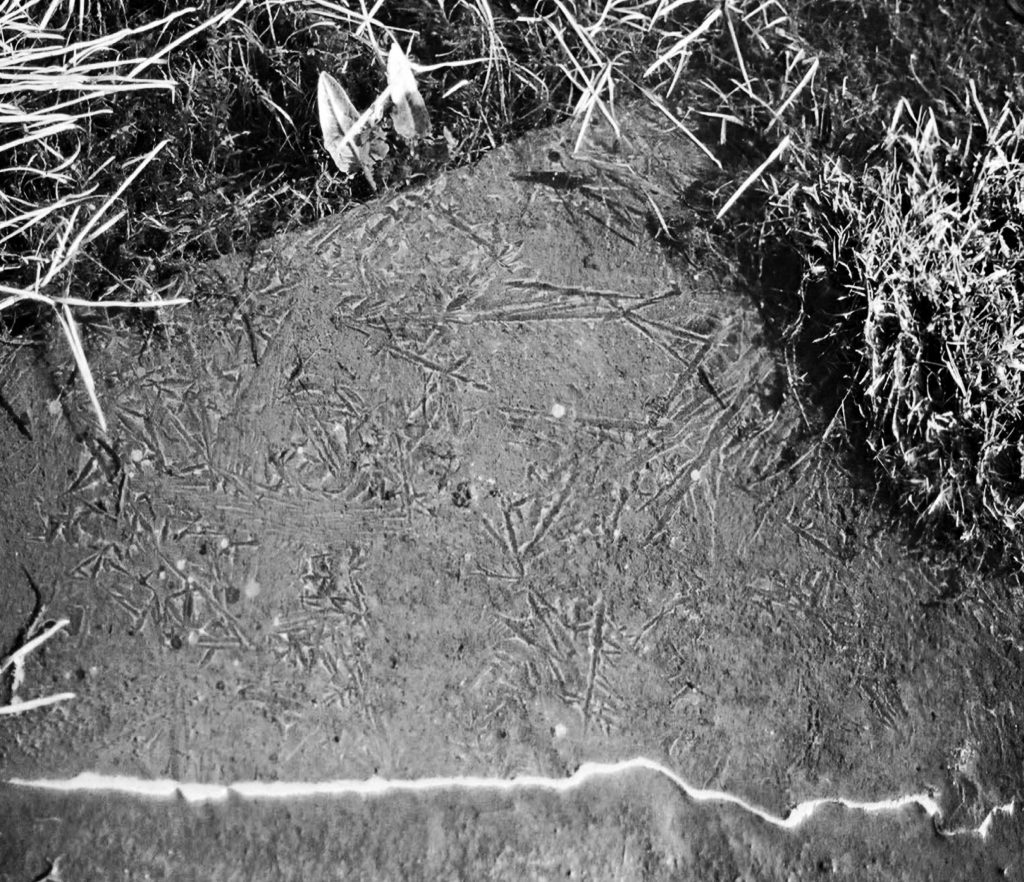
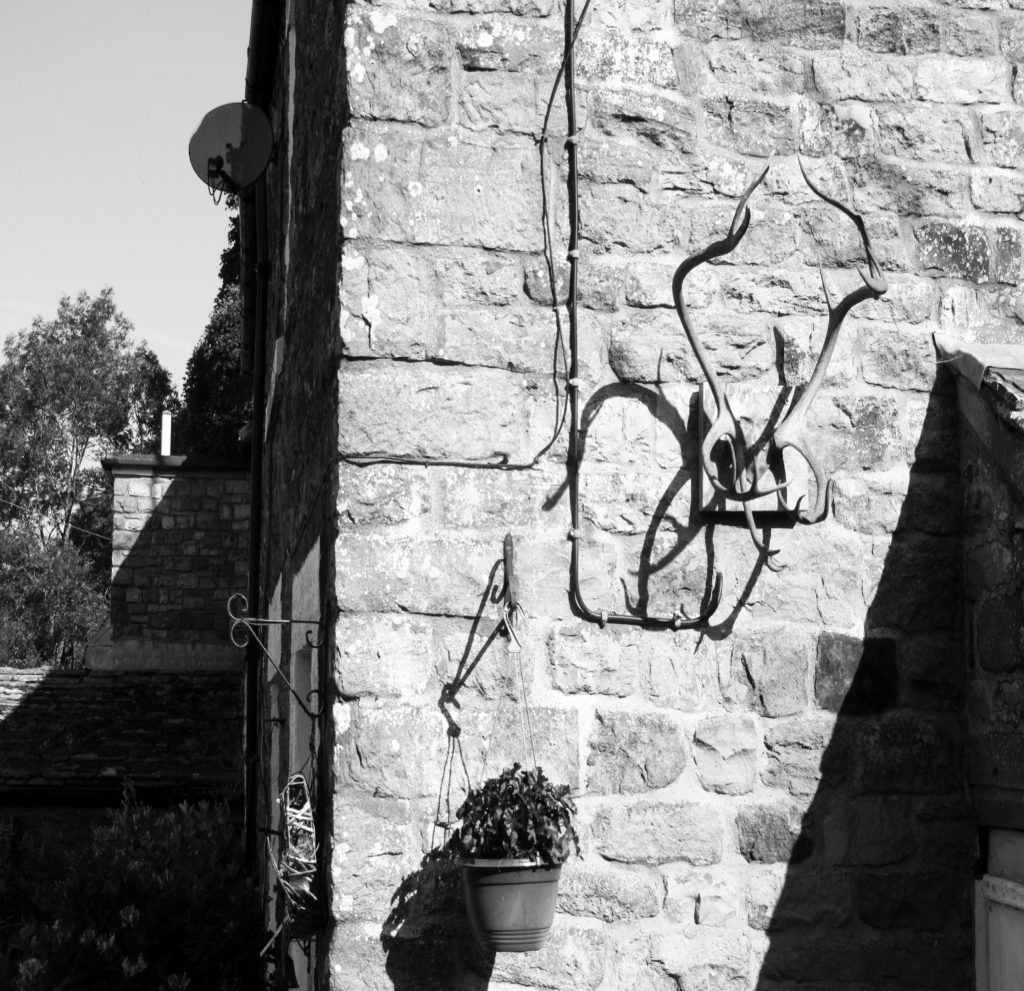
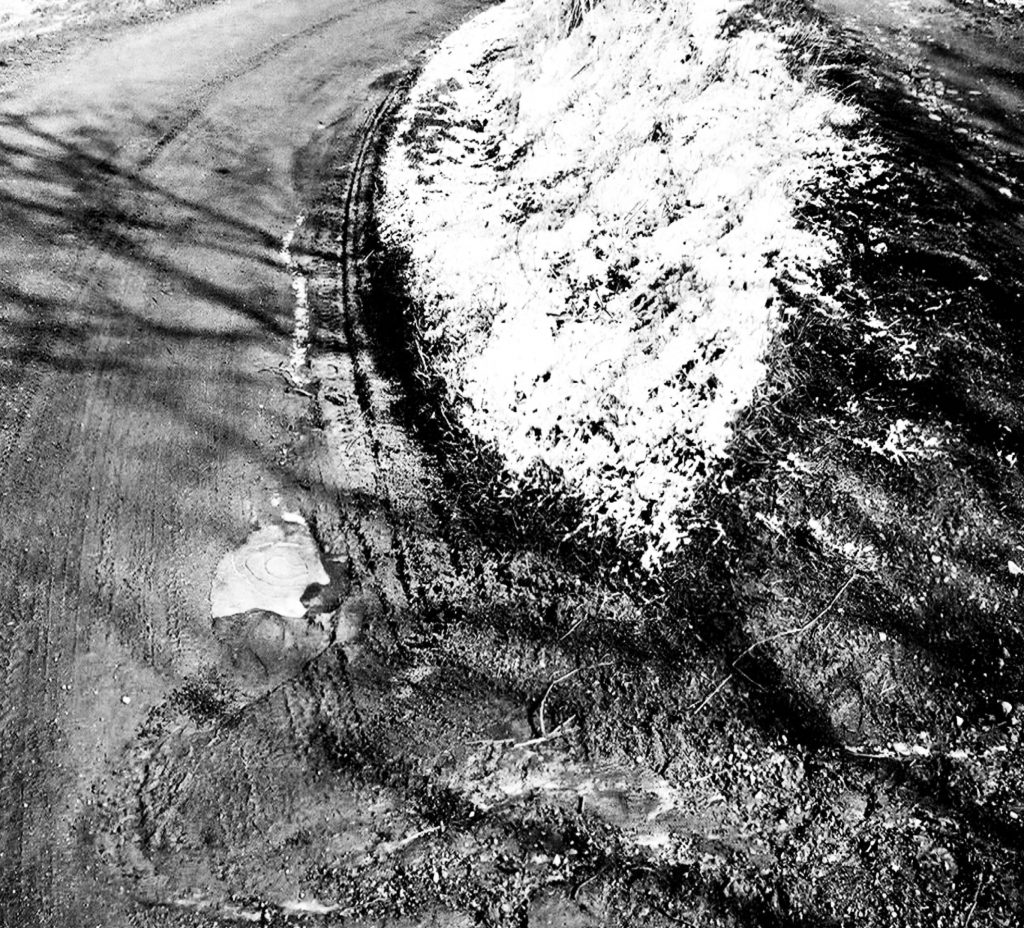
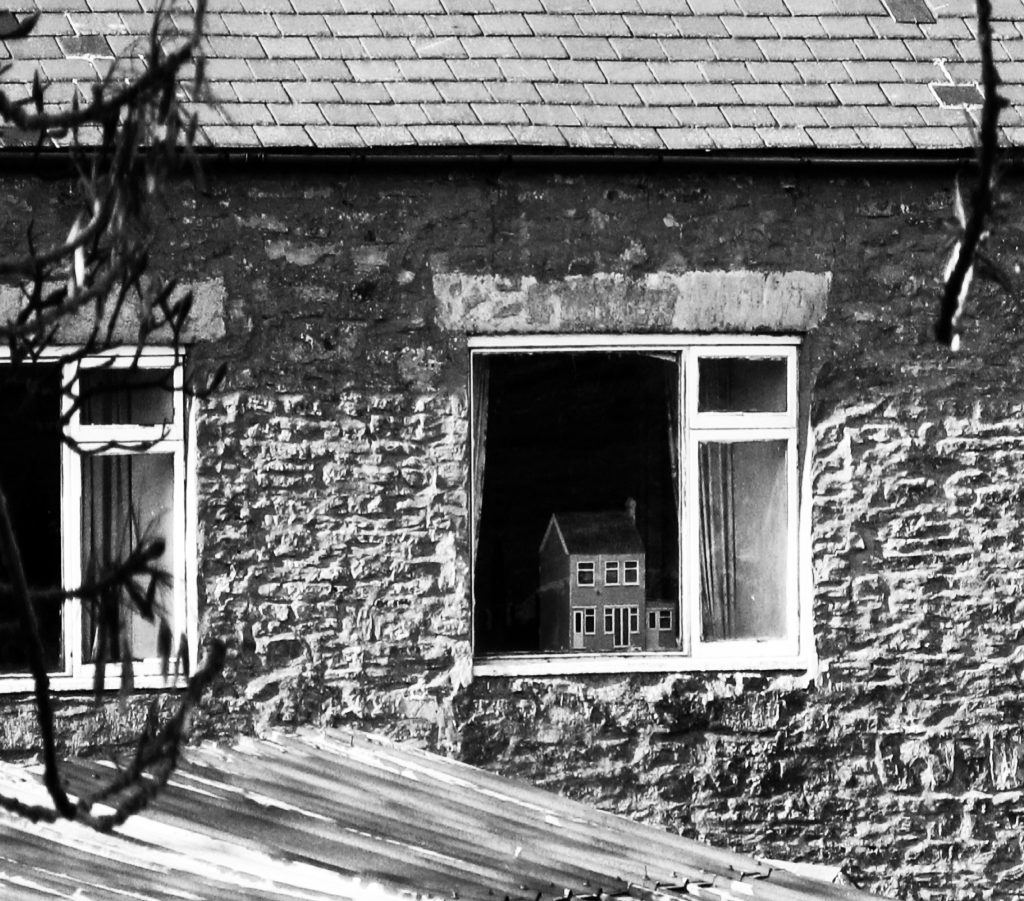







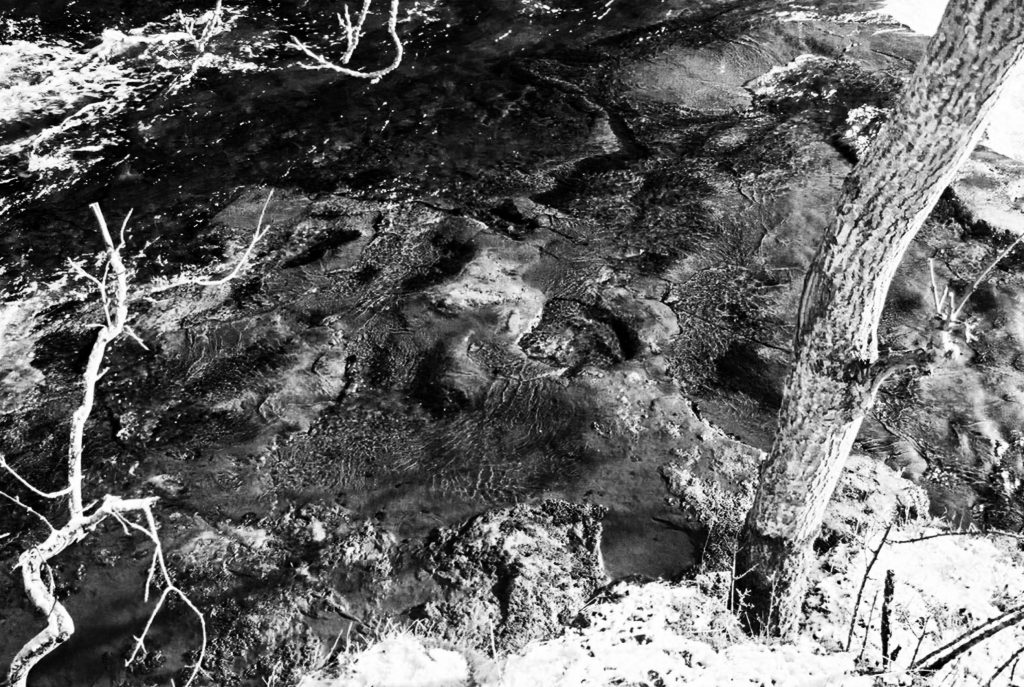
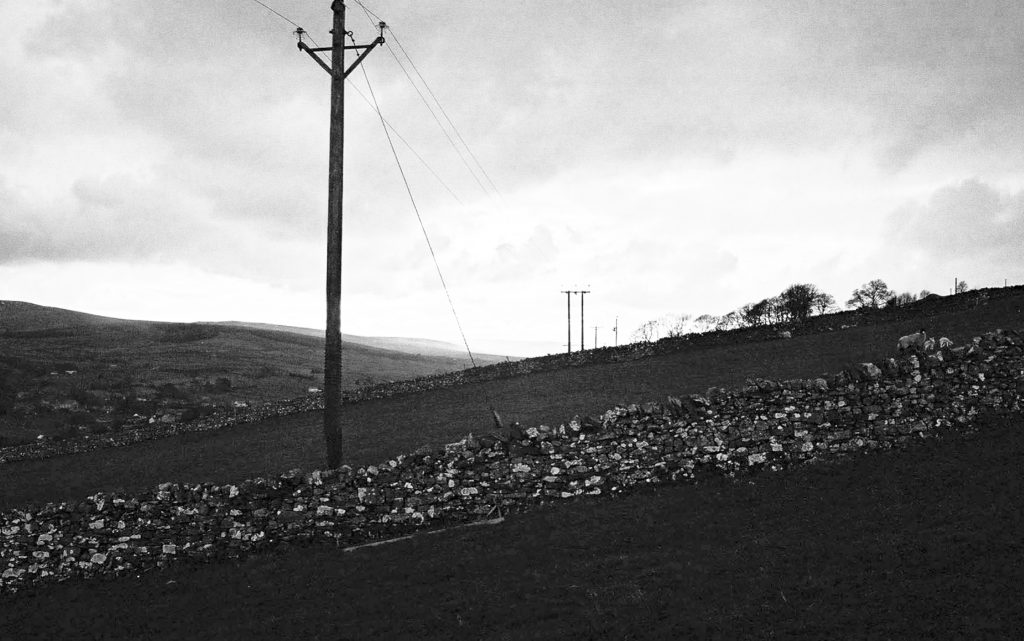
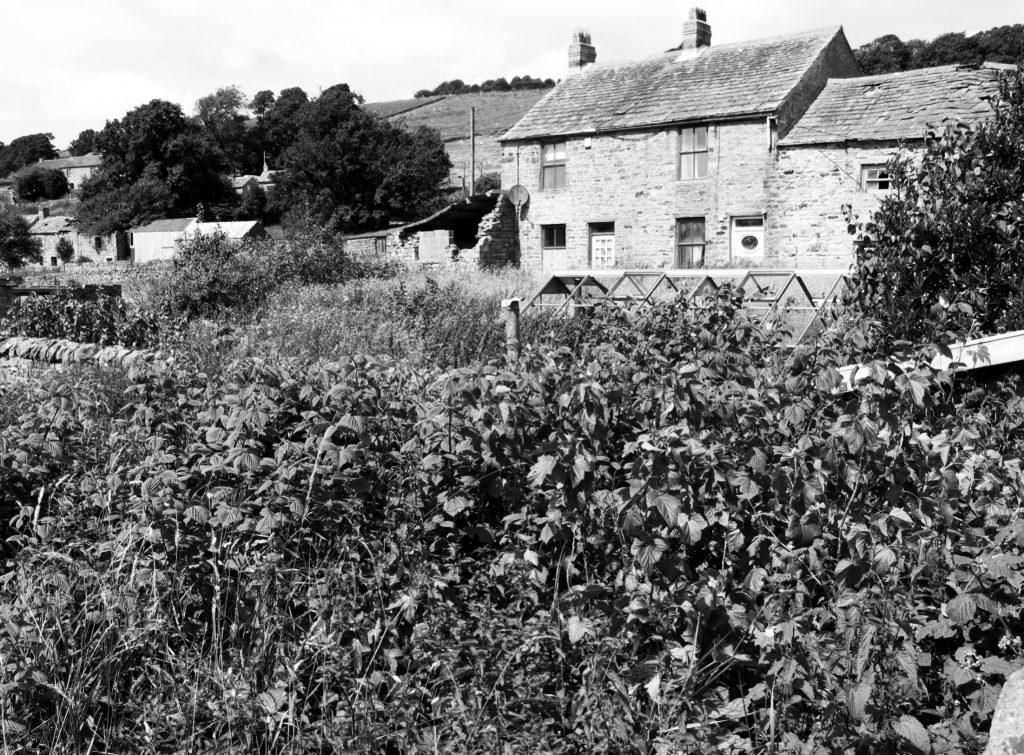
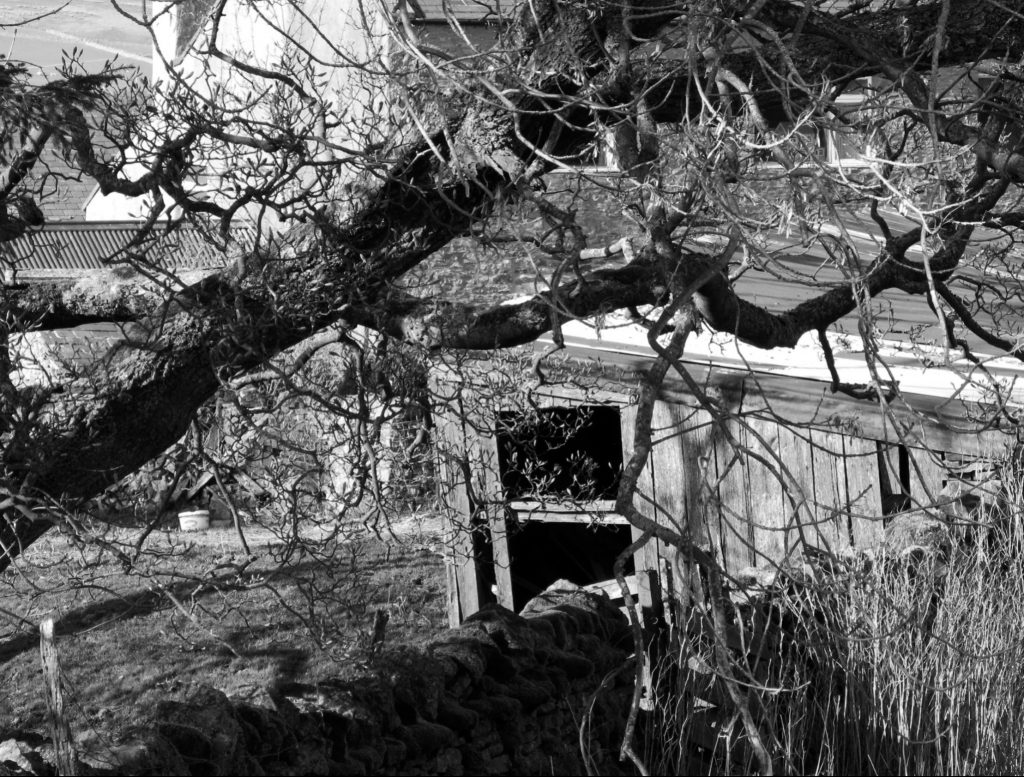
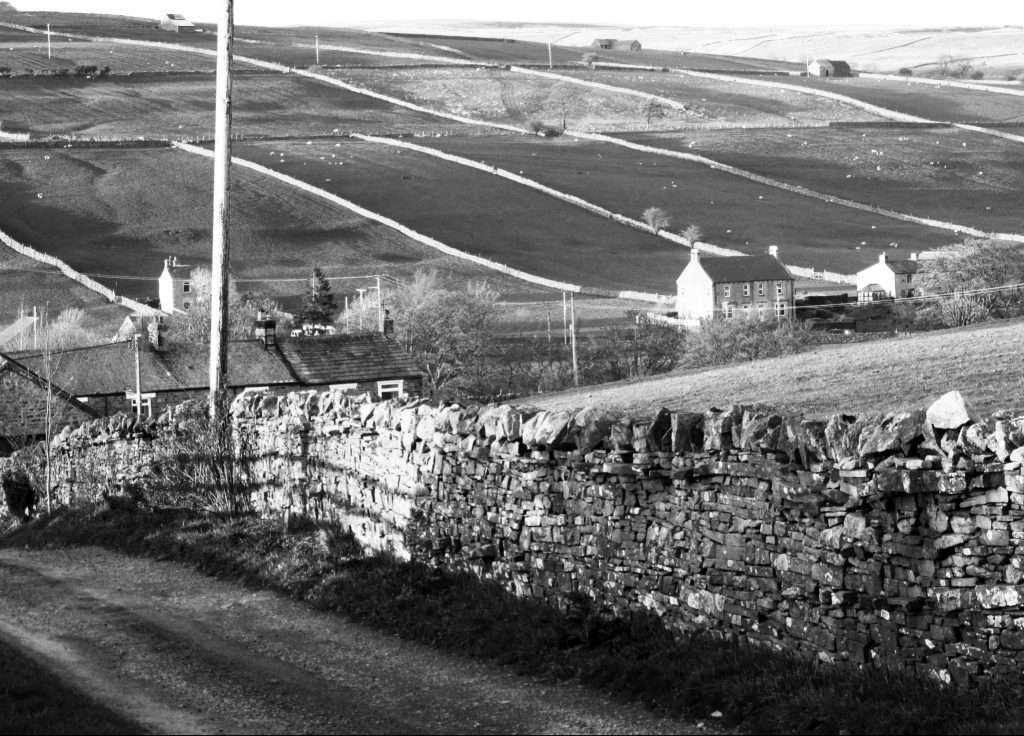
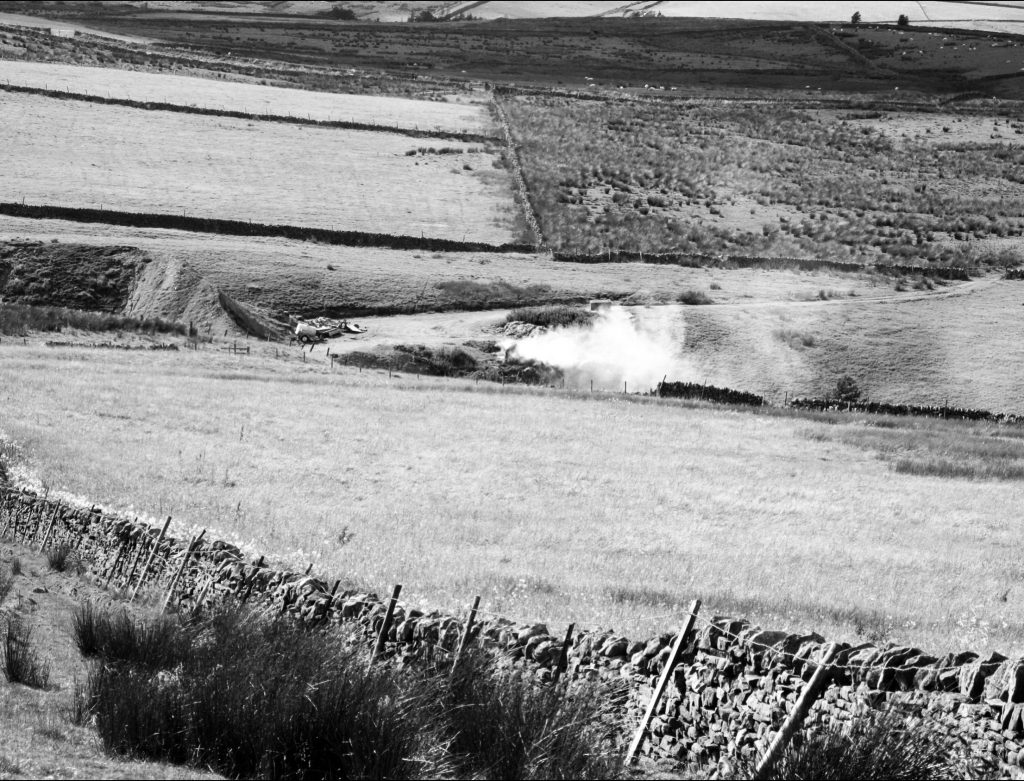
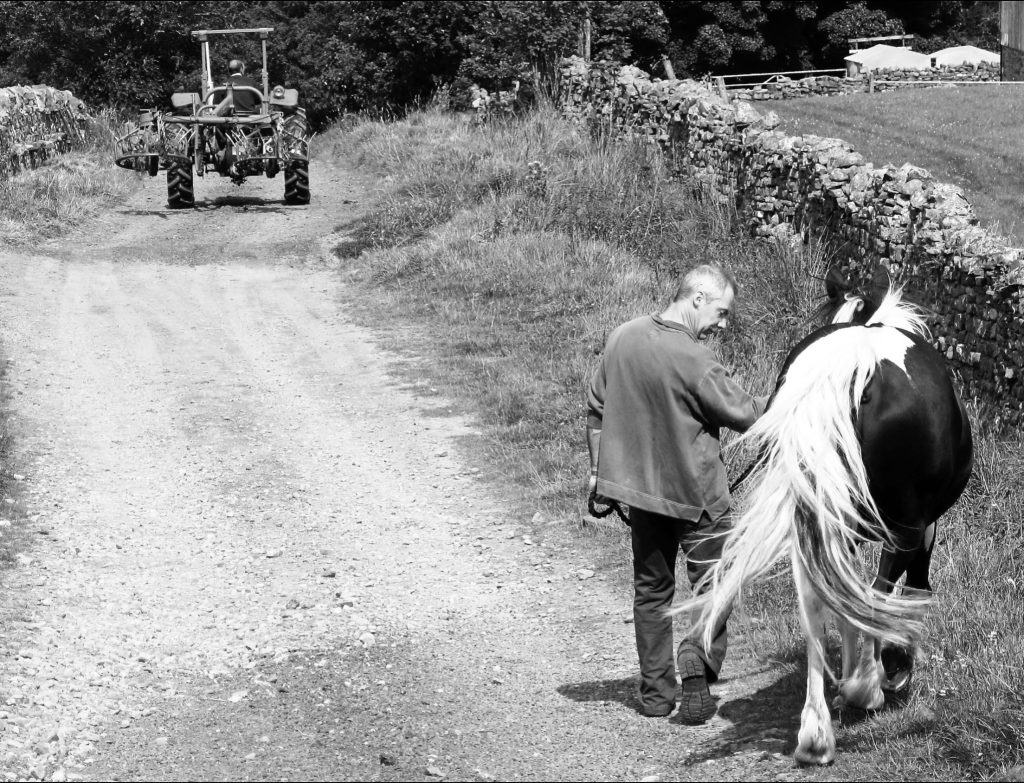
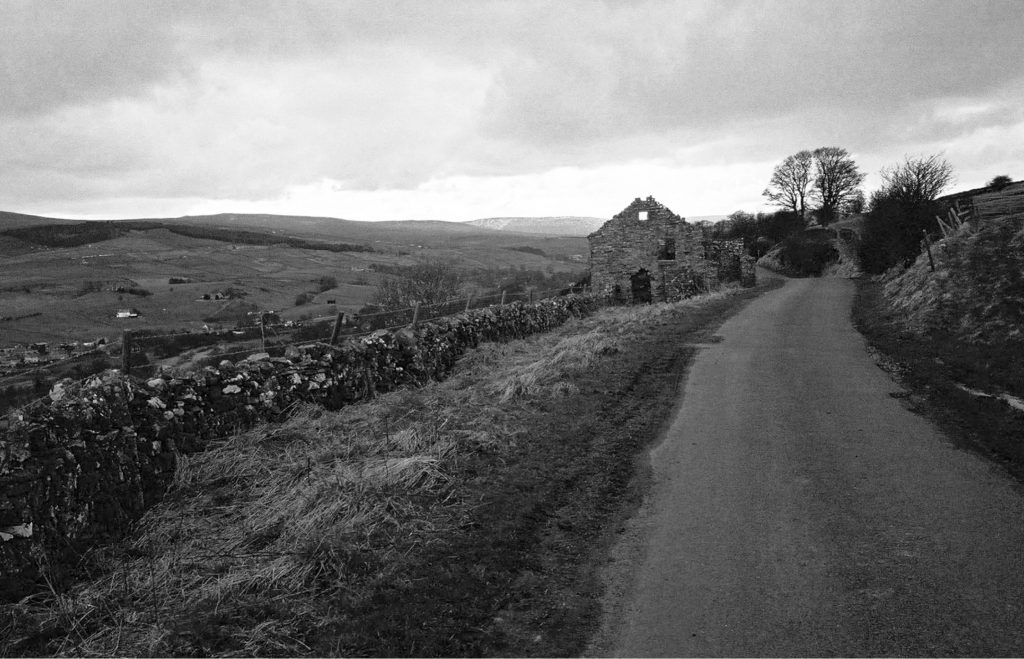
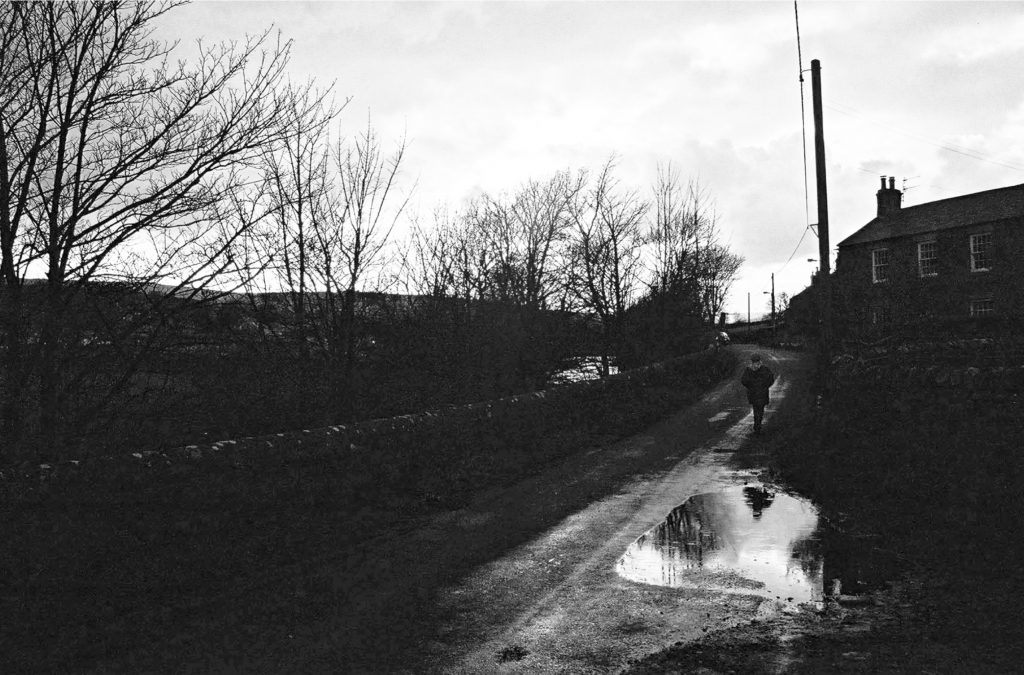
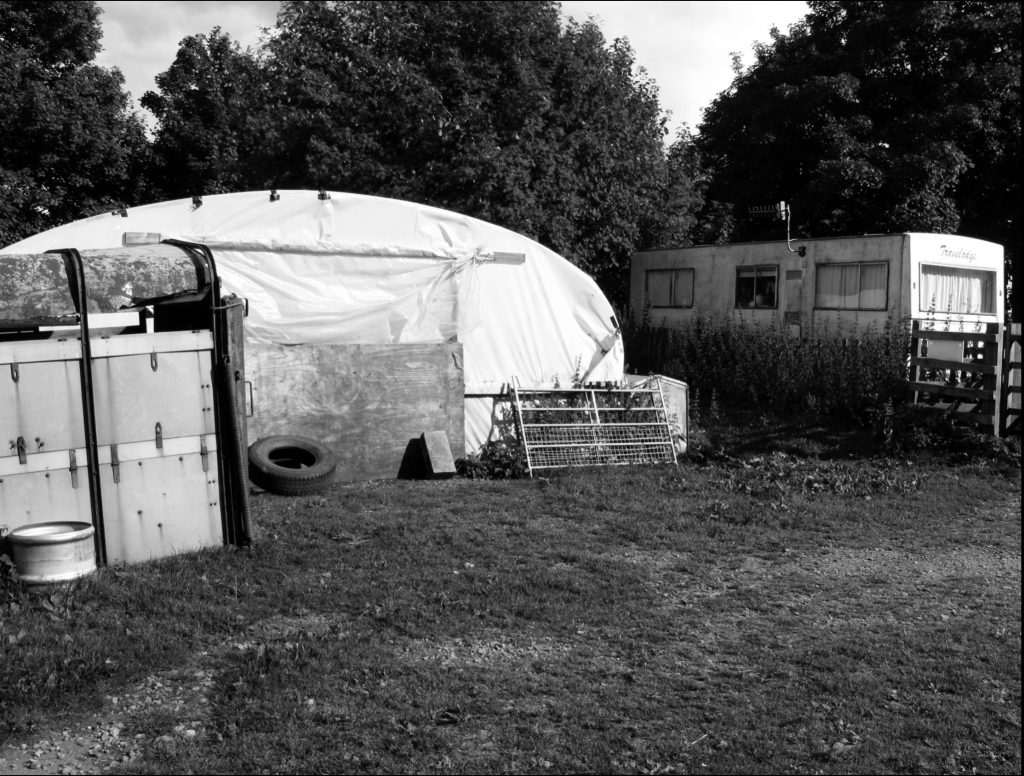
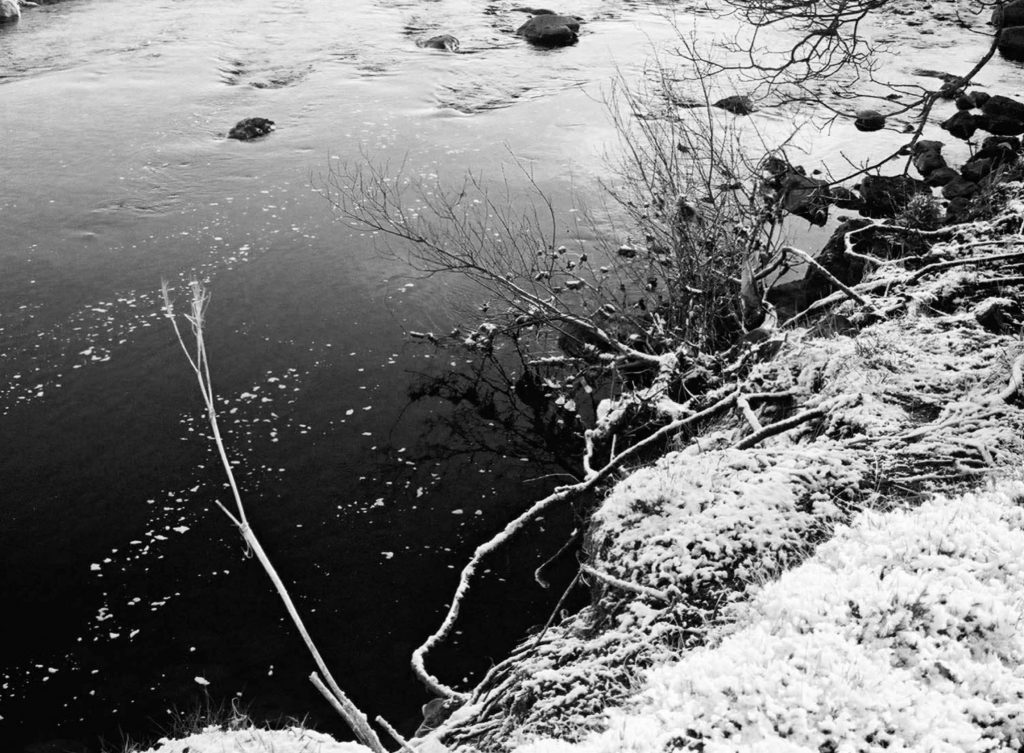
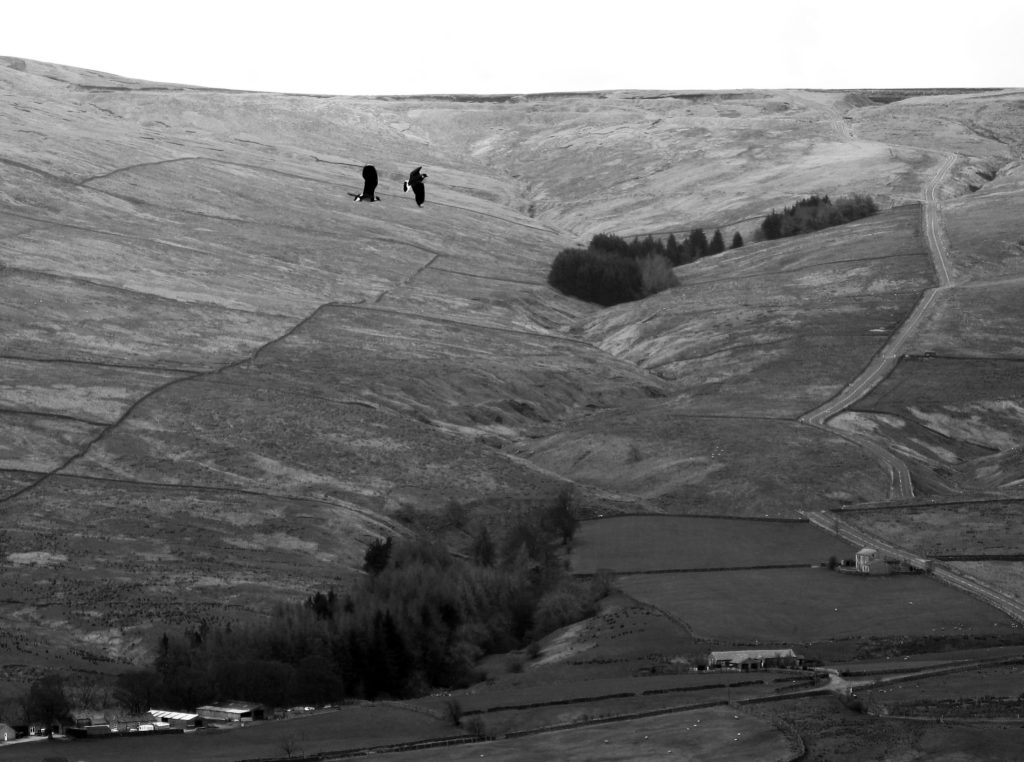
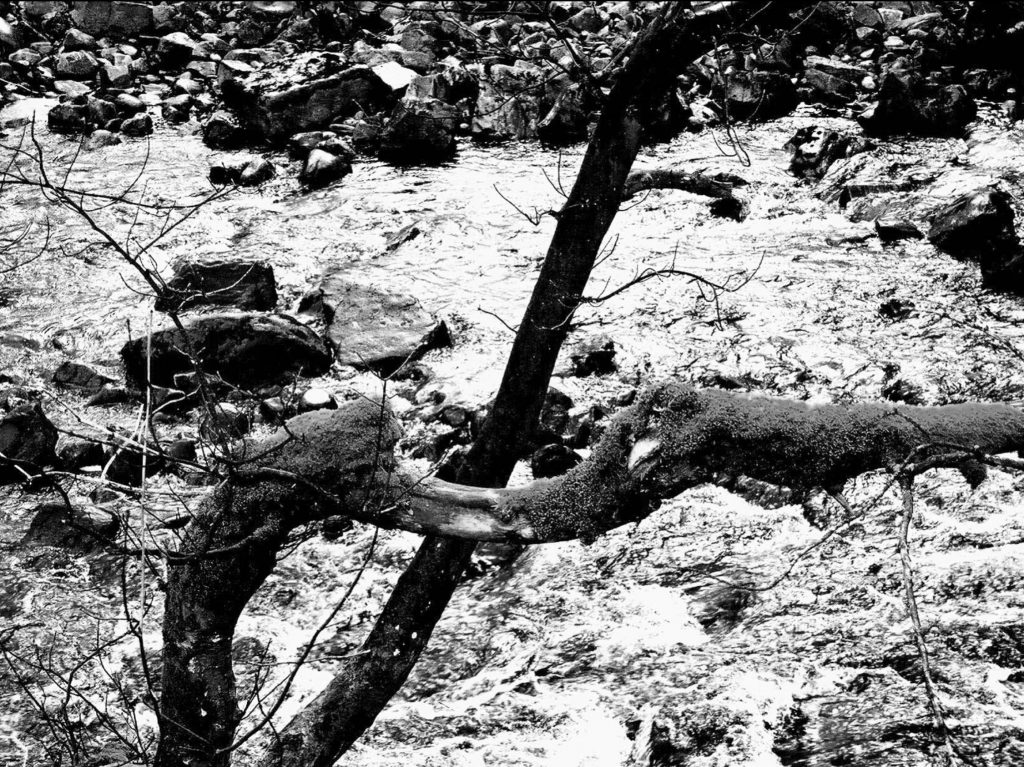
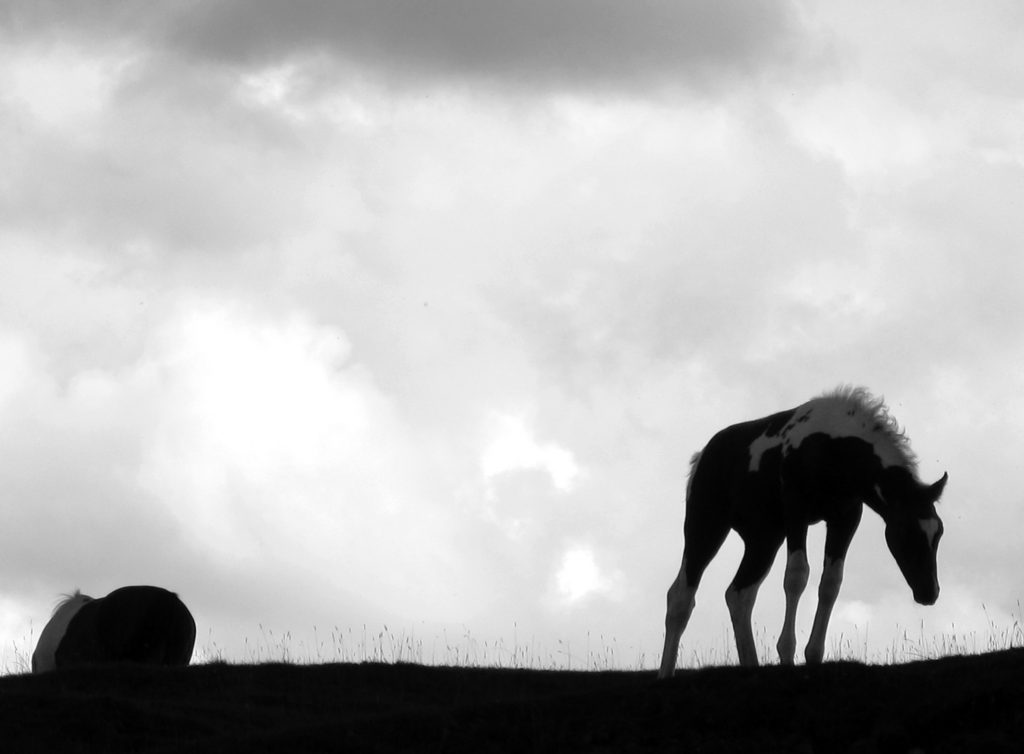
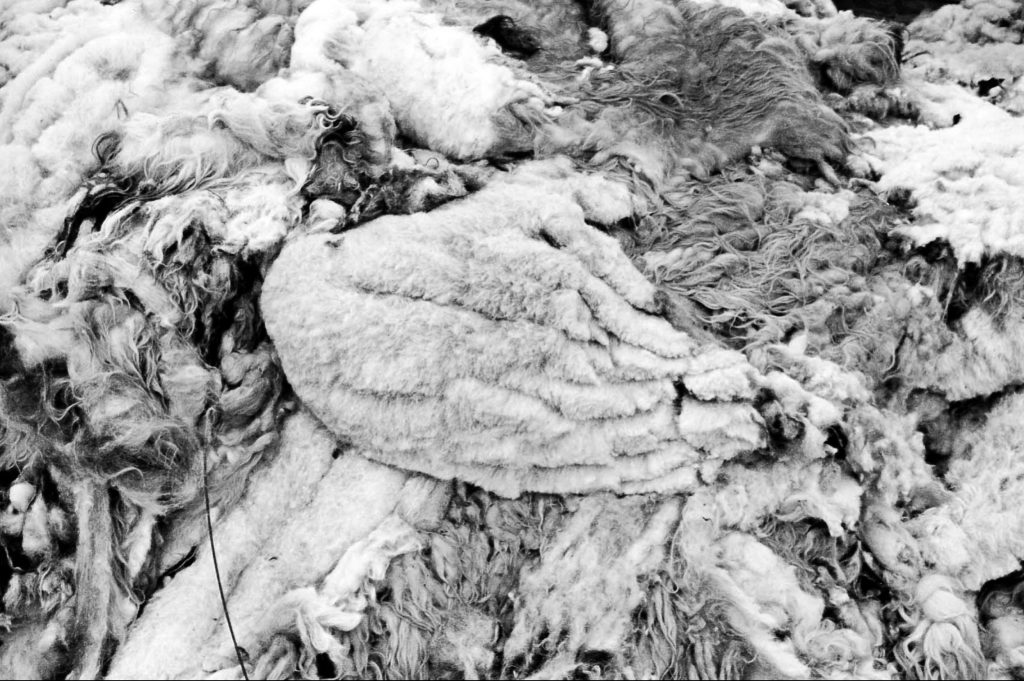
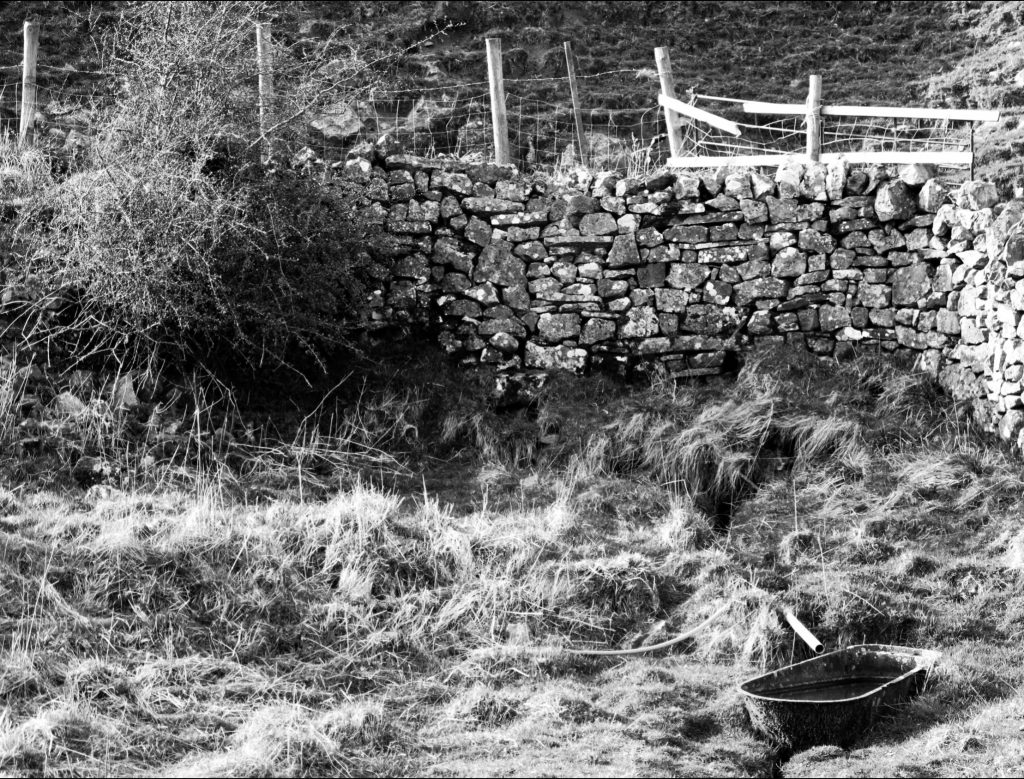
I heard today from an Irish friend that Tim Robinson, the artist turned writer and cartographer who was best known for his two volume Stones of Aran and his books and maps of Connemara, has died as a result of CORVID-19. He passed away at St. Pancras hospital on 3 April 2020 at the age of 85, two weeks after the death of his wife and collaborator Mairéad Robinson.
Sadly, I never did manage to meet Tim Robinson, whose work I greatly admired, although I had expectations of doing so on one of my visits to NUI, Galway. He became ill and moved back to London before that became possible. His work has always seemed to me an inspired example of a particular tendency within the broader ‘deep mapping’ mentality, sharing with Cliff McLucas and others a profound understanding of the importance of the relationship between language and place. I heard much of him and Mairéad through my friend Nessa Cronan at NUI, Galway, which houses his archive.
Although, with many others, I mourn his passing, I also know that we are very fortunate that he had the foresight and generosity to give the university his very extensive archive. This is, in itself, a celebration of so much and I remember being deeply moved by the event organised by Nessa that marked its opening, something of which is also evoked by Deirdre O’Mahony’s film here.
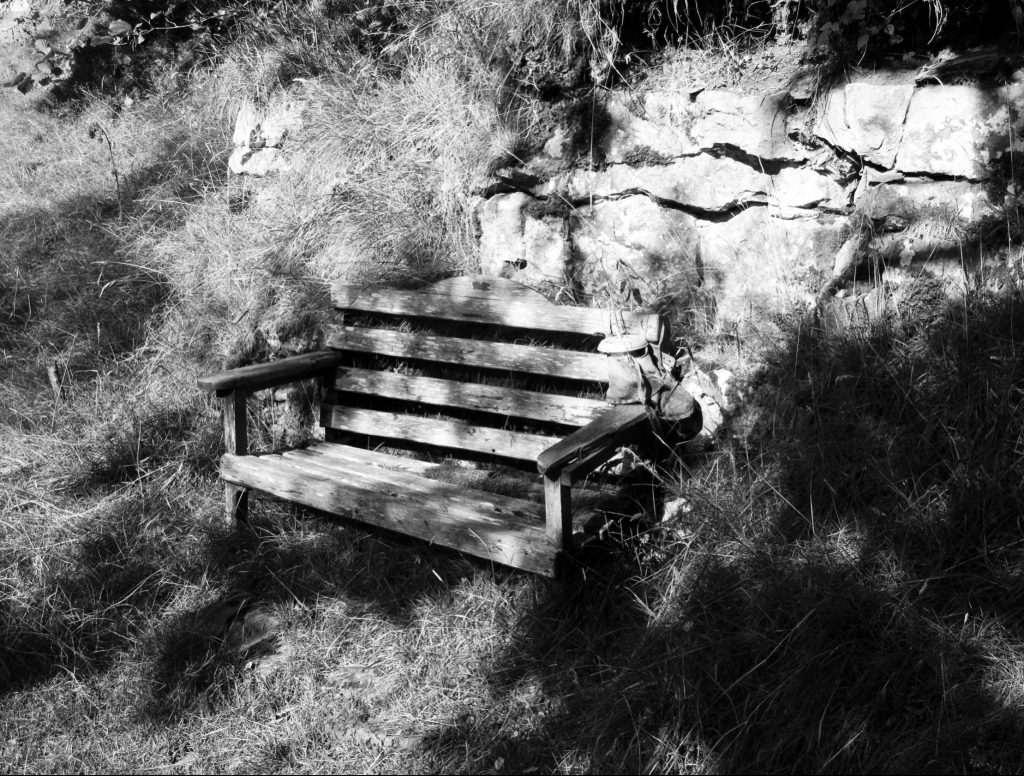
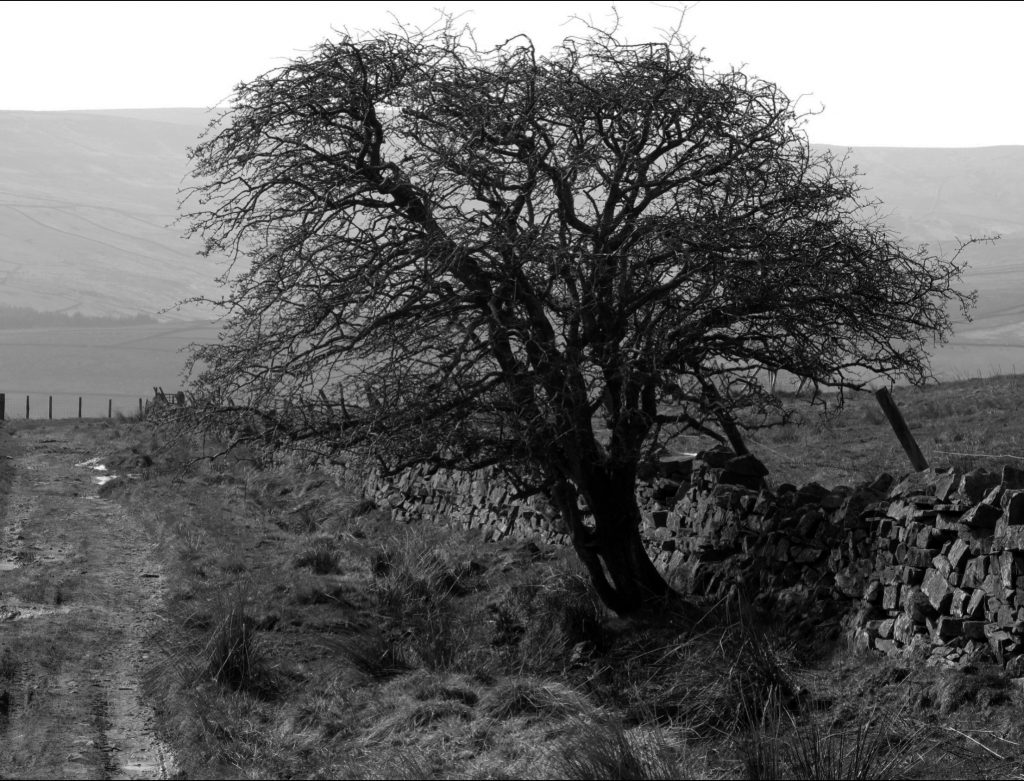
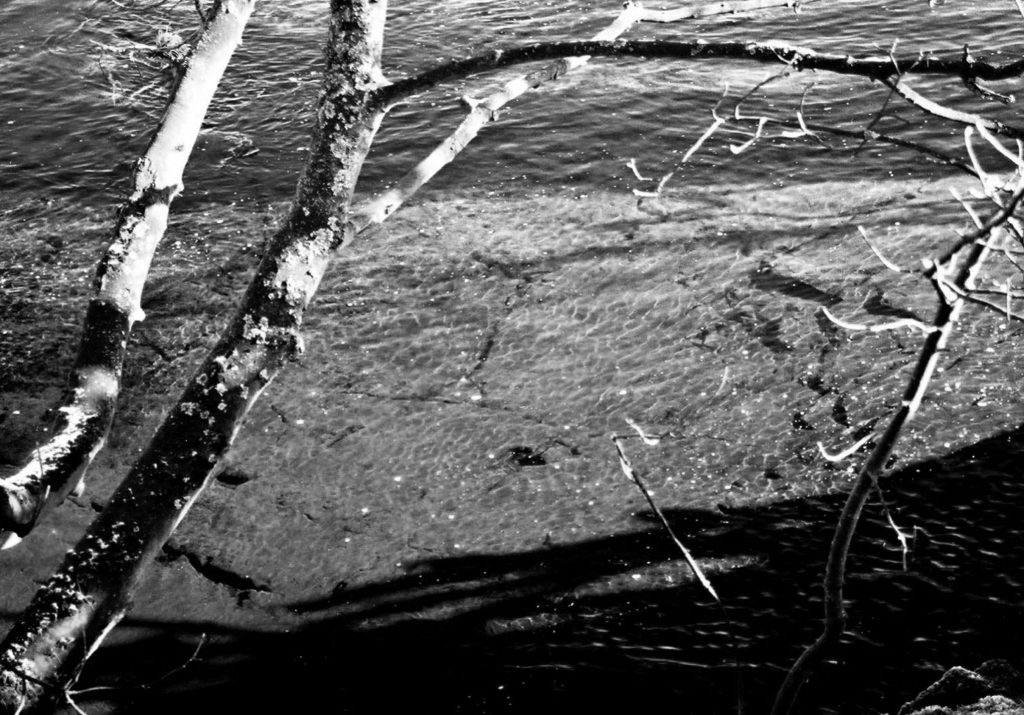
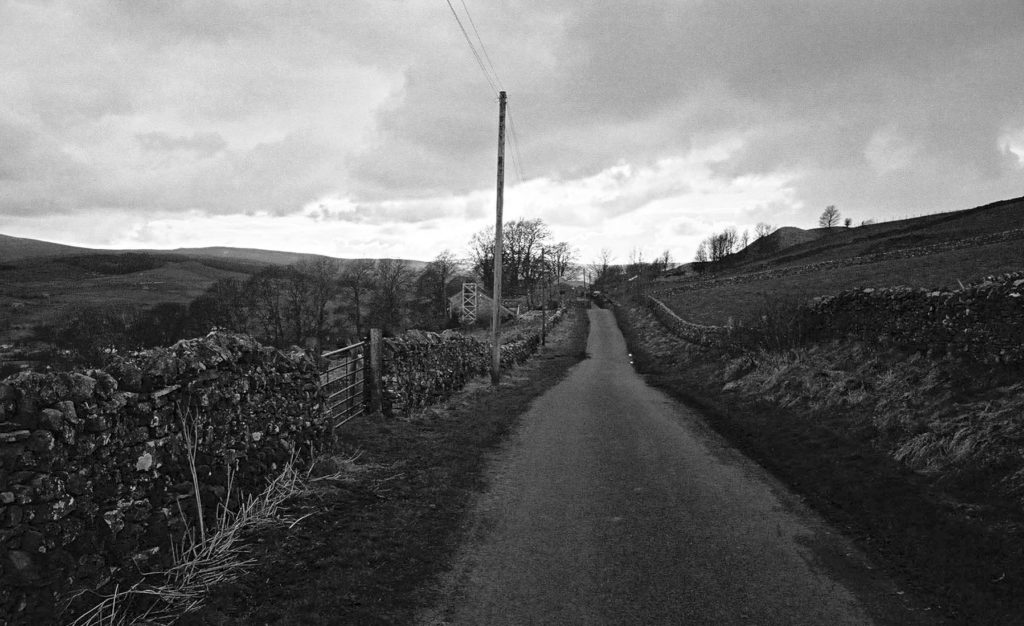
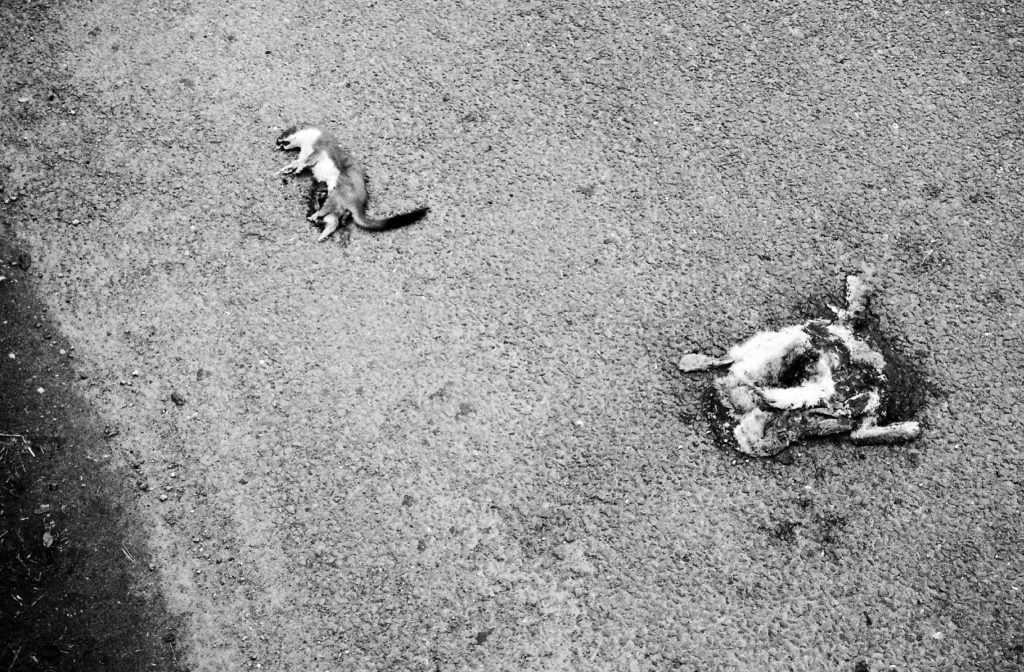
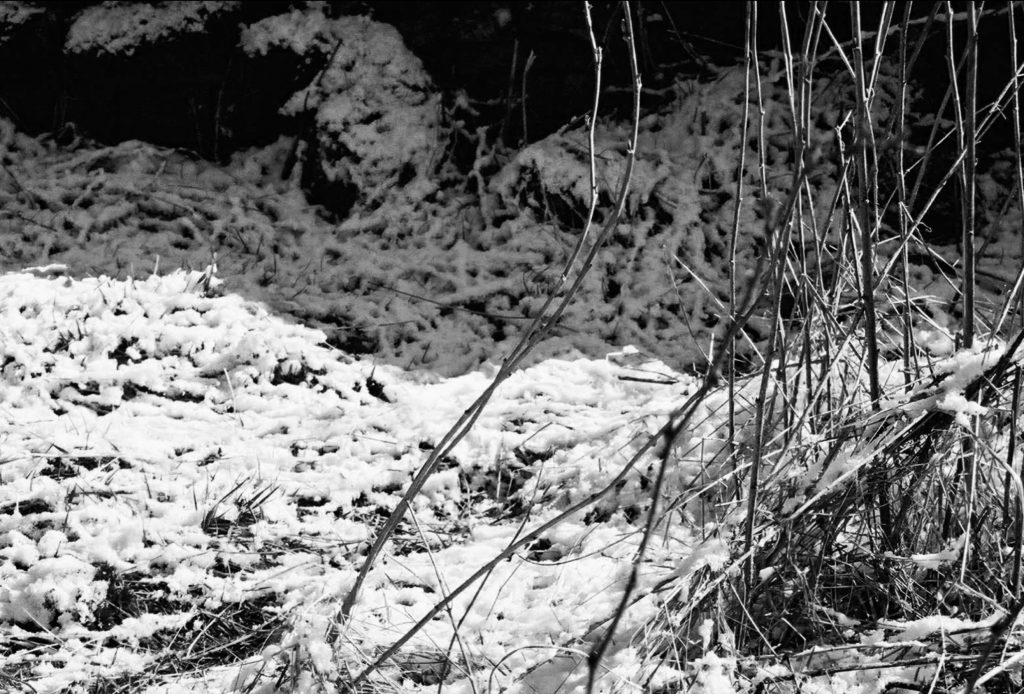
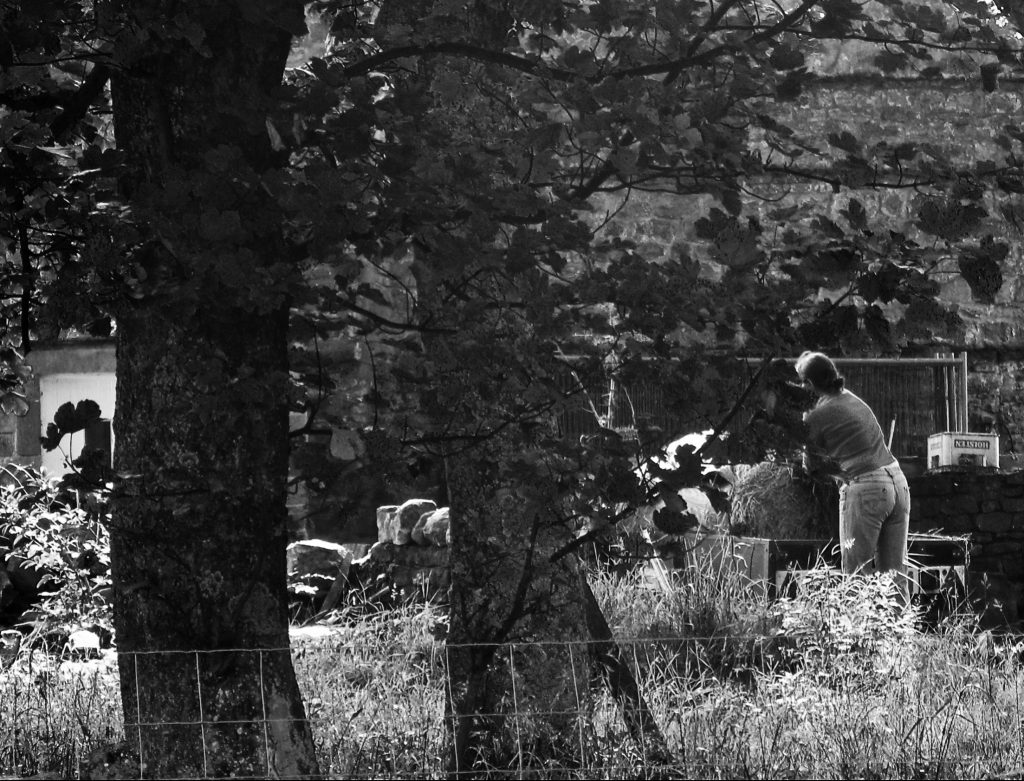
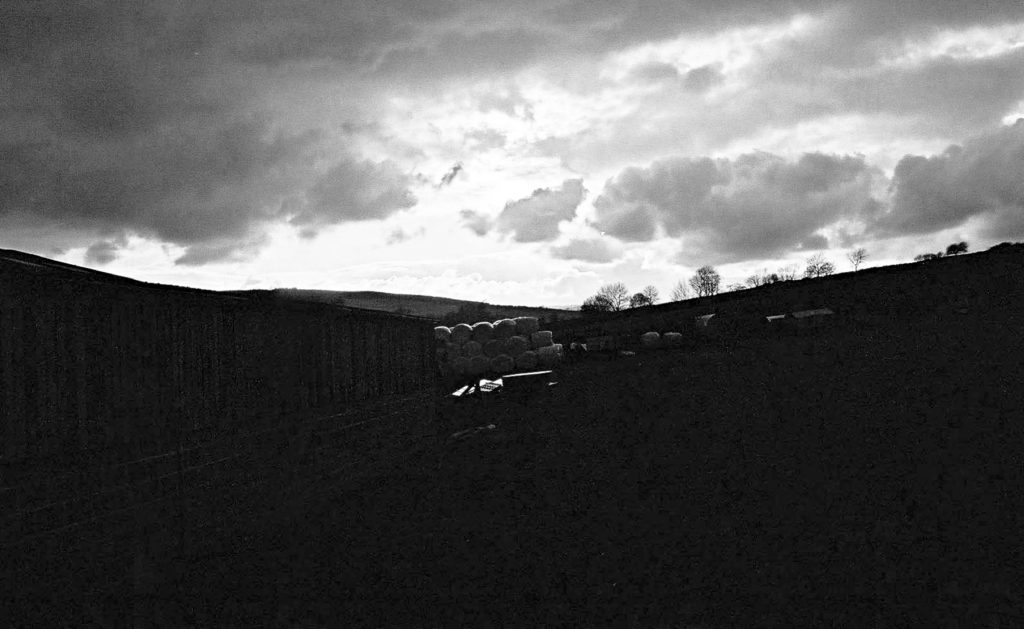
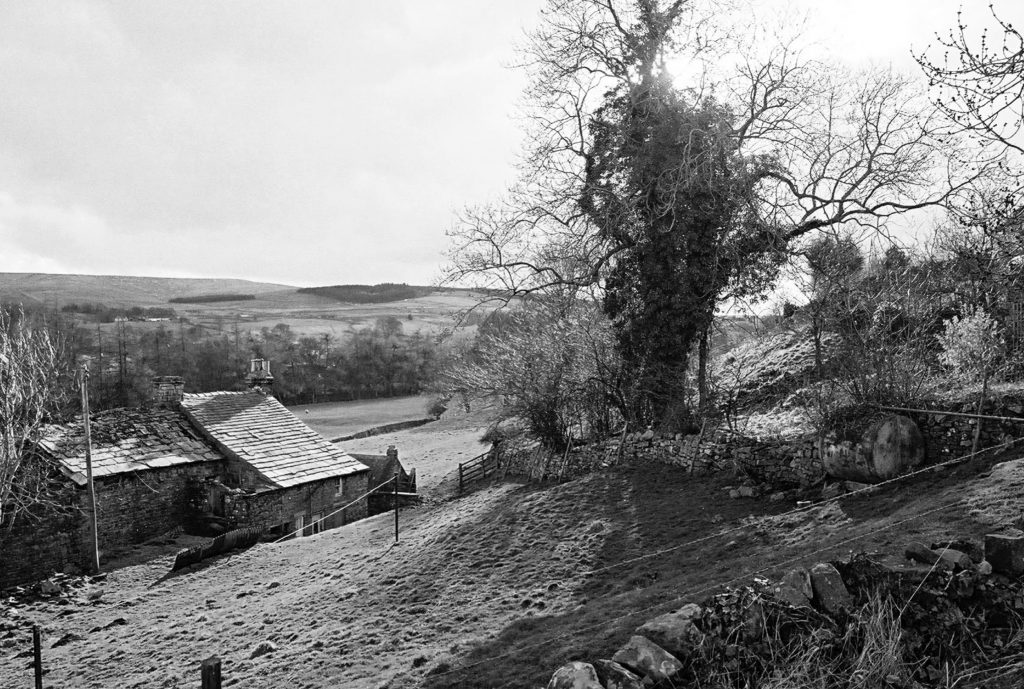
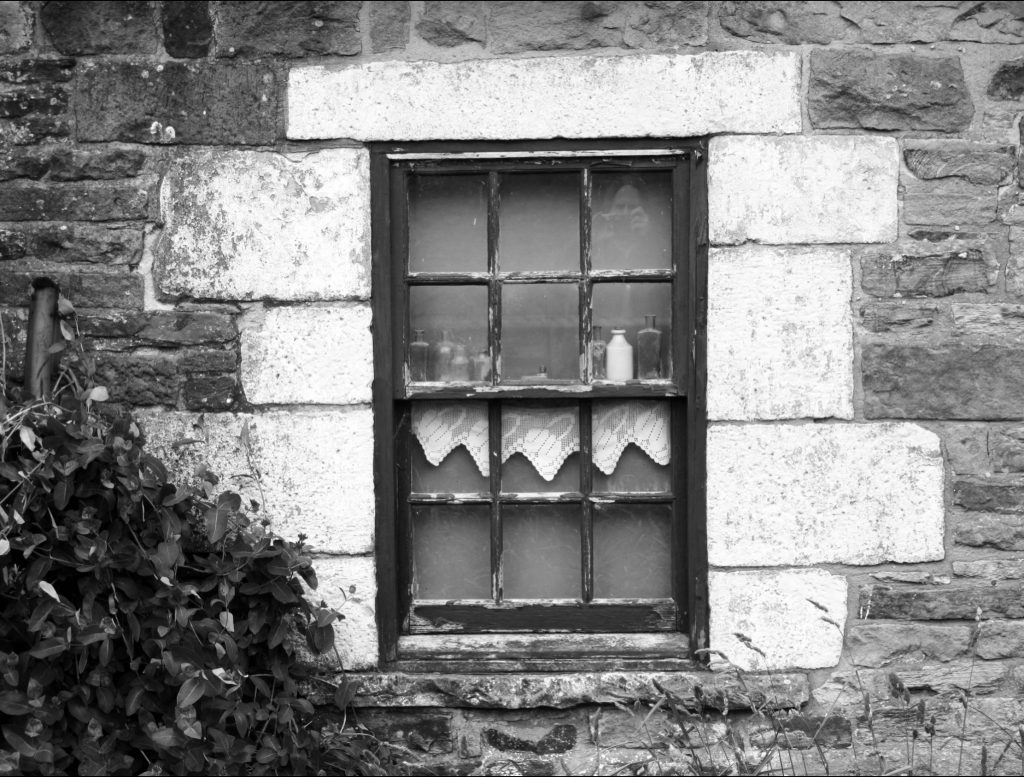
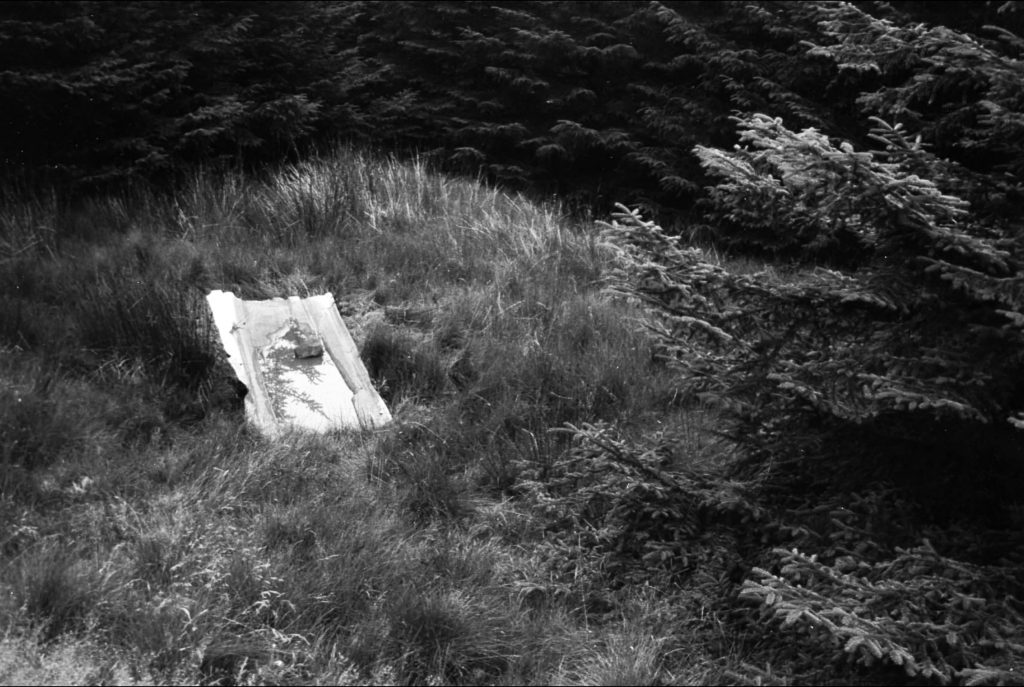
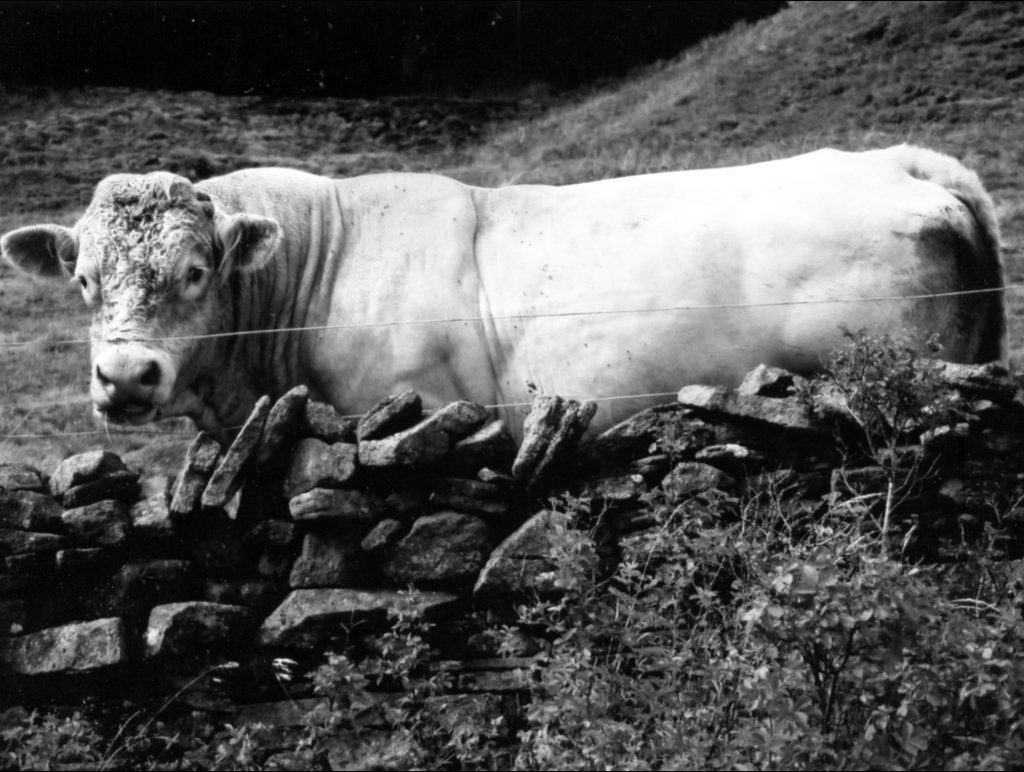
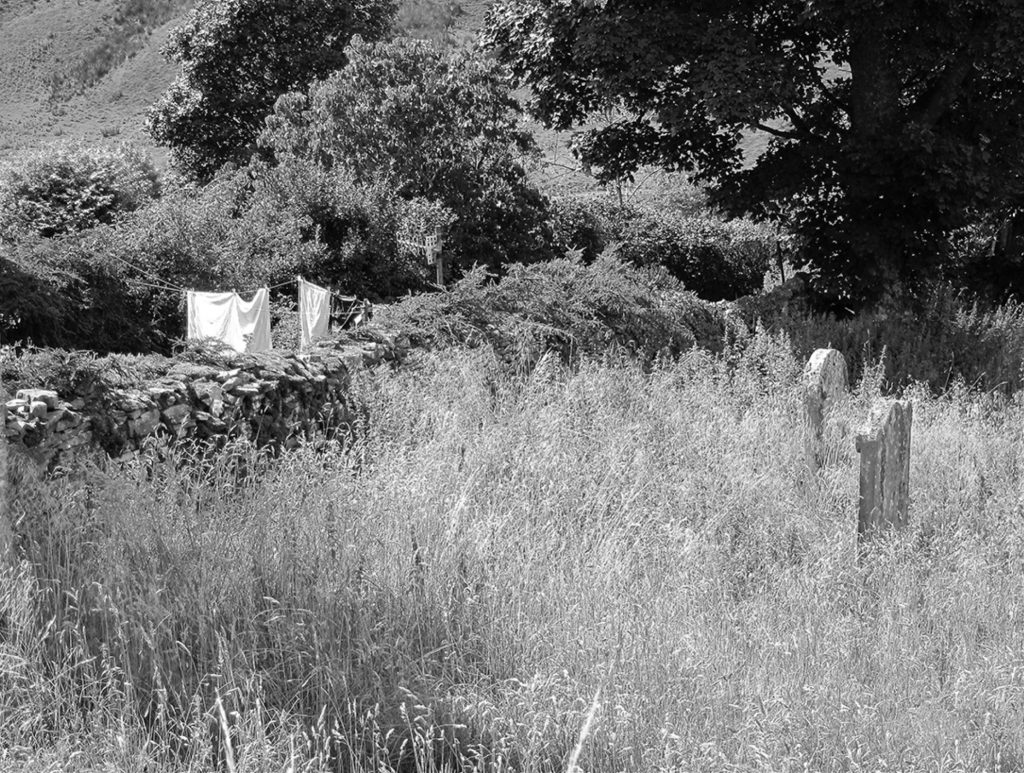
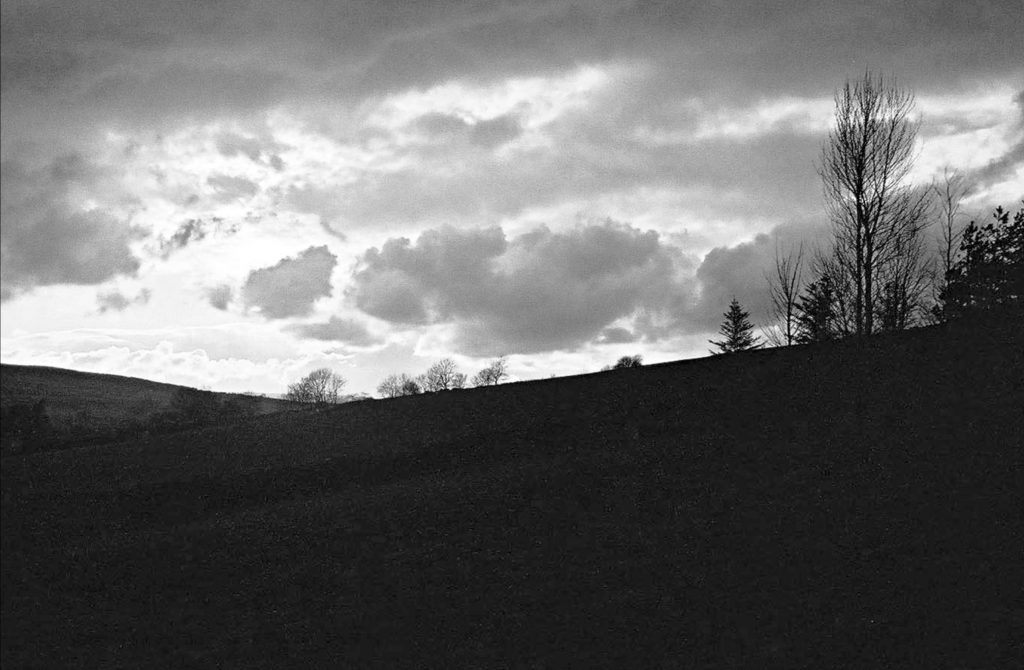

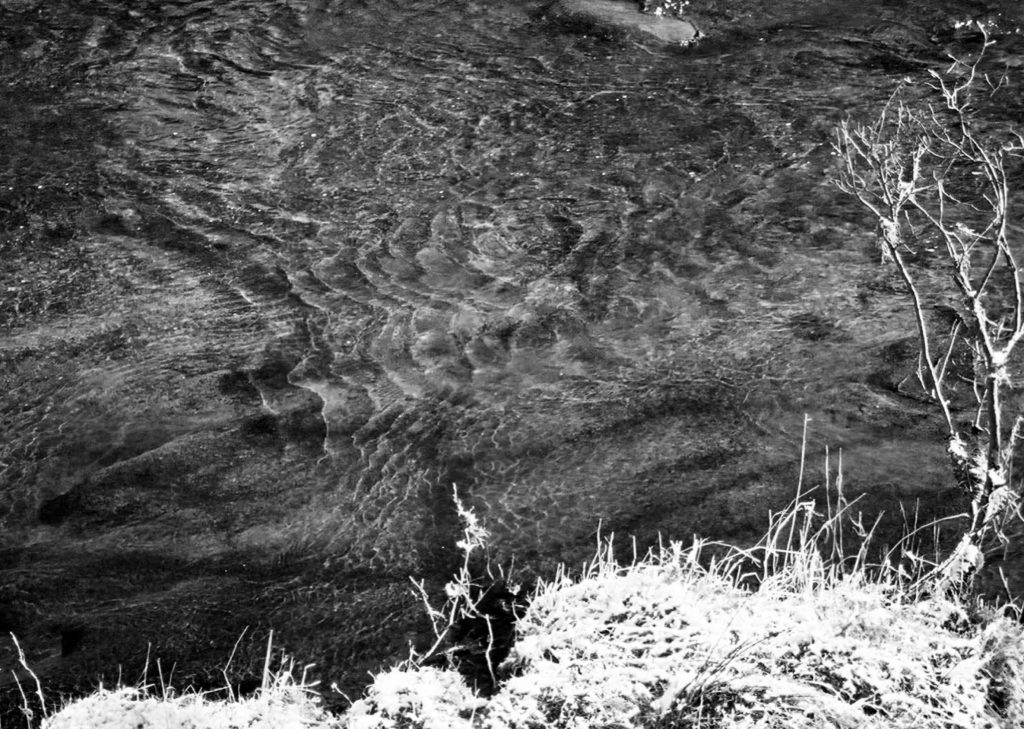
In 2008 I spent some time wondering how to reconcile the need to work as simply as possible with the desire to articulate the richness and complexity of a place. In particular the land around St. John’s Chapel in Co. Durham, which, with my family, I have been visiting each year for over 40 years.
The approach I adopted then was to make an inter-weaving of images taken on six walks, using black and white to stress the qualities of light and texture so specific to that place. The original images were accompanied by short pieces of text that focused on the sounds encountered walking there.
Given the current restrictions on walking, it seems appropriate to revisit this project and, at least in part, to rework it. I have stayed with the idea of presenting these revised inter-weavings in six sets of eight, echoing the rhythms of the original piece. The six sets no longer evoke specific walks, although their ‘trace’ runs through the piece as a whole. Instead I have ‘thickened out’ my description by breaking into the original walks and substituting supplementary material, all of which comes from the same area of land.
I will post the full set of six sections over the next few weeks. I’m now unsure about the text I used in the original. If I add it it will be as another supplement, at the last post in the series.
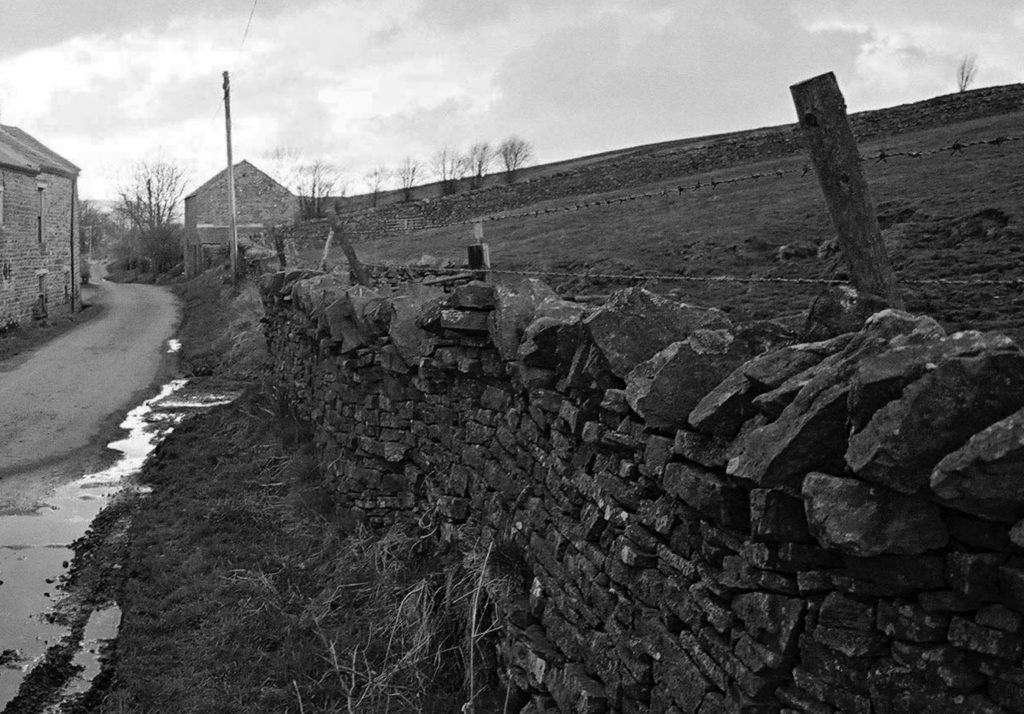
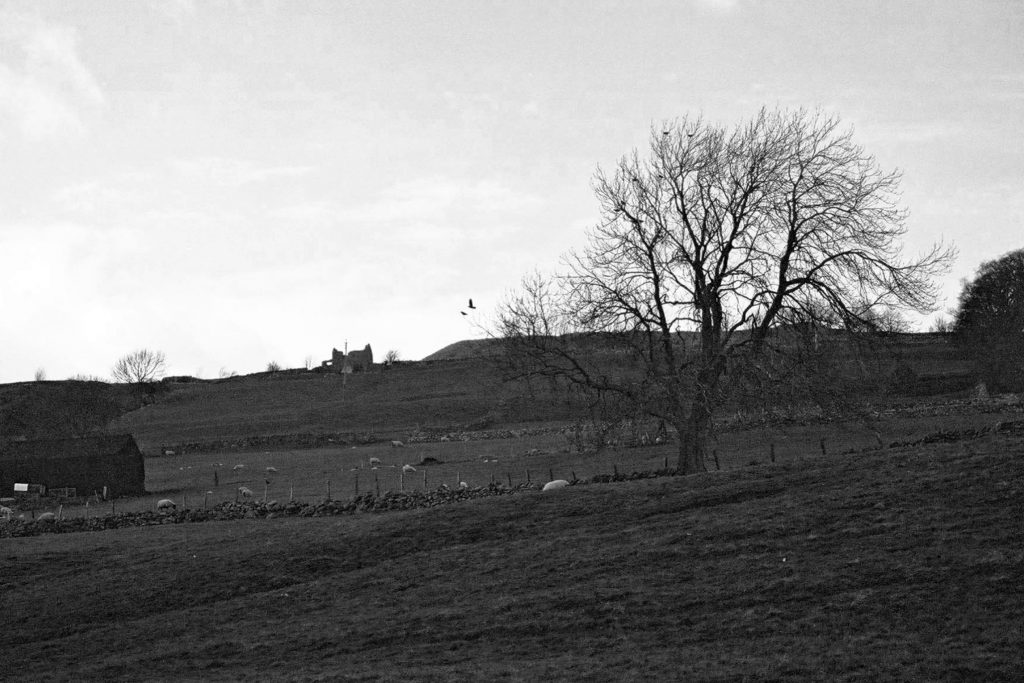
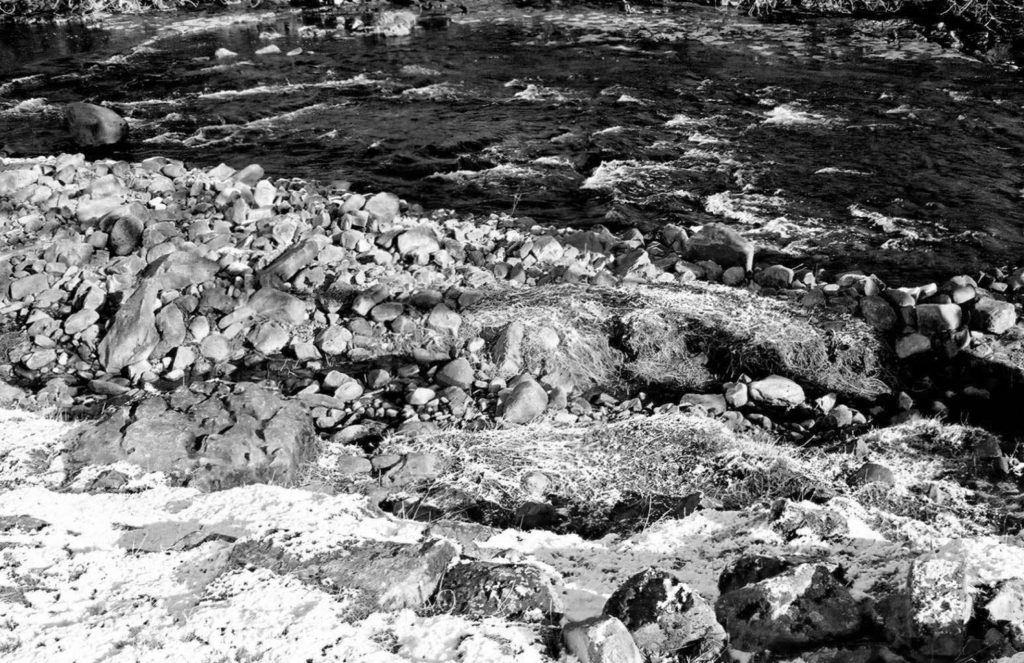
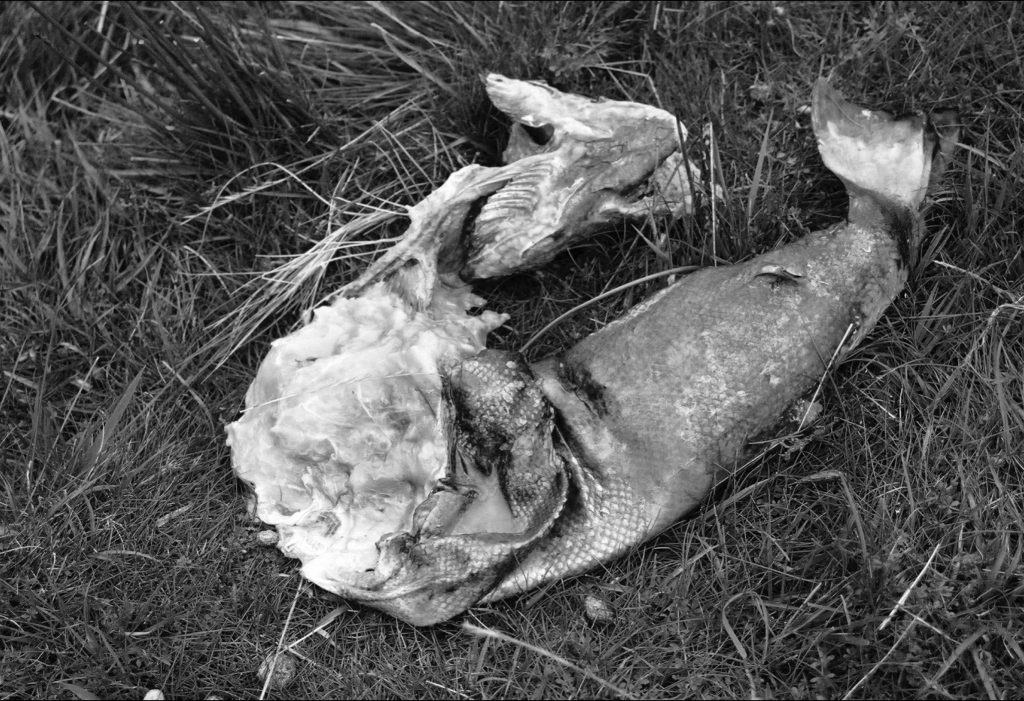
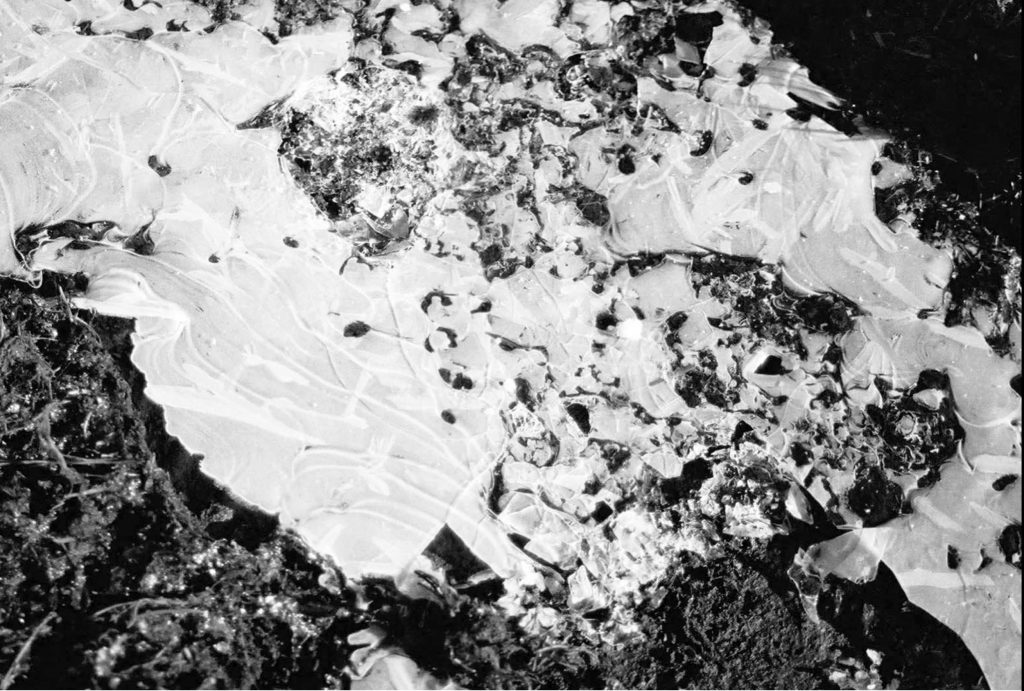
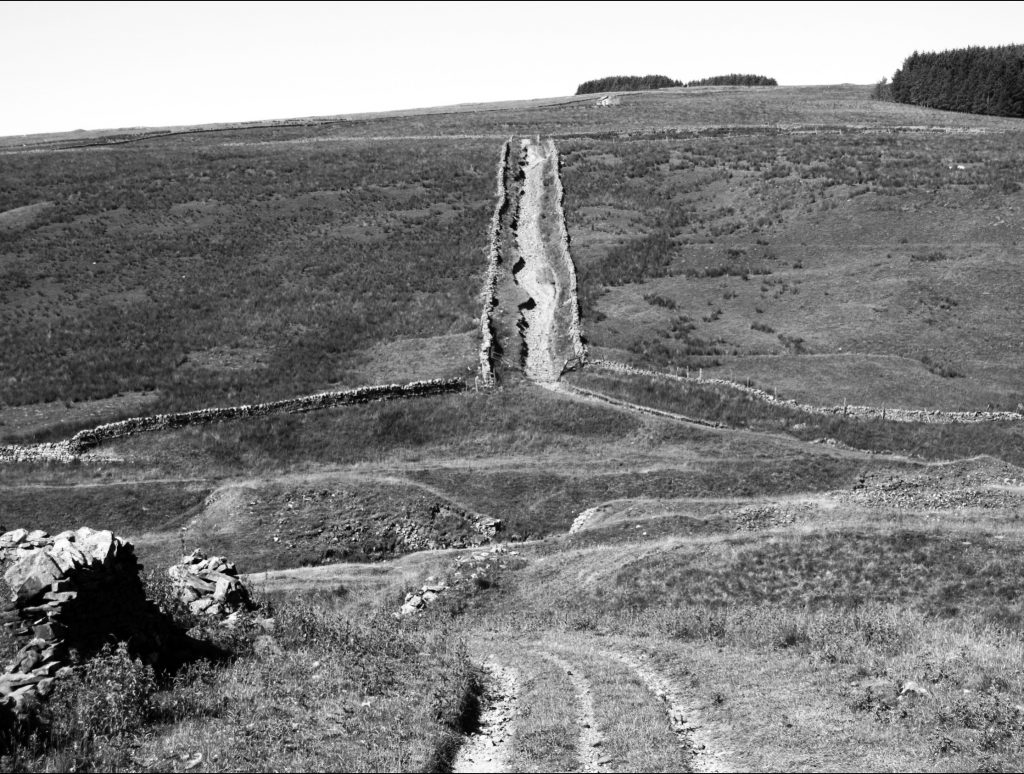
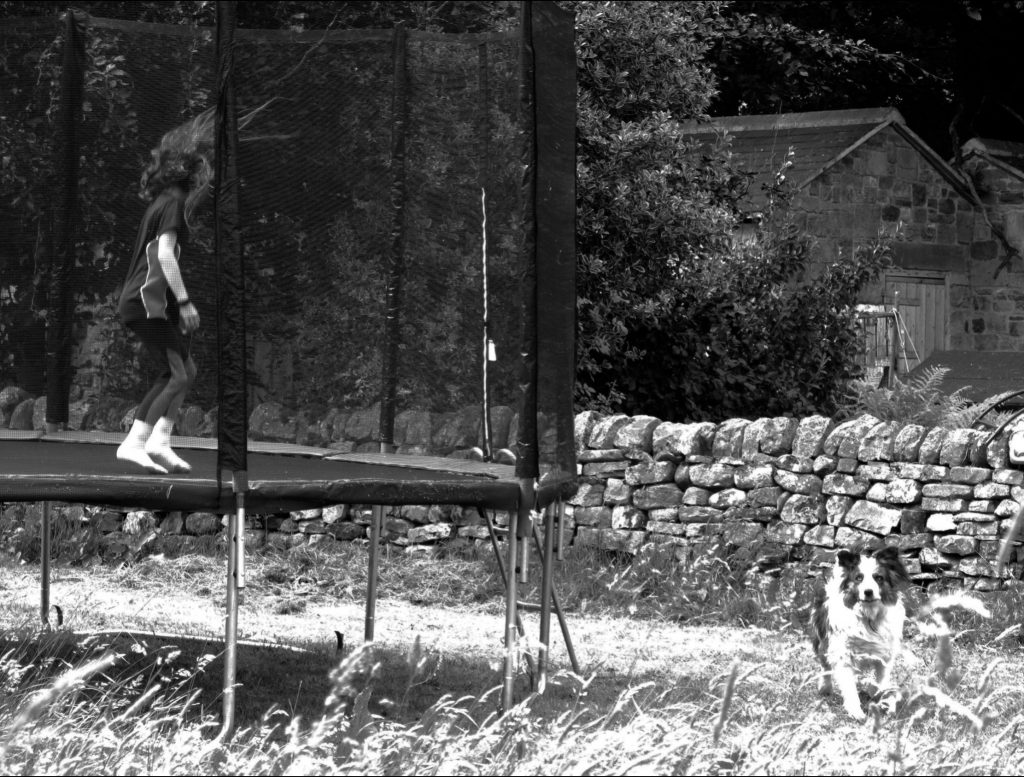
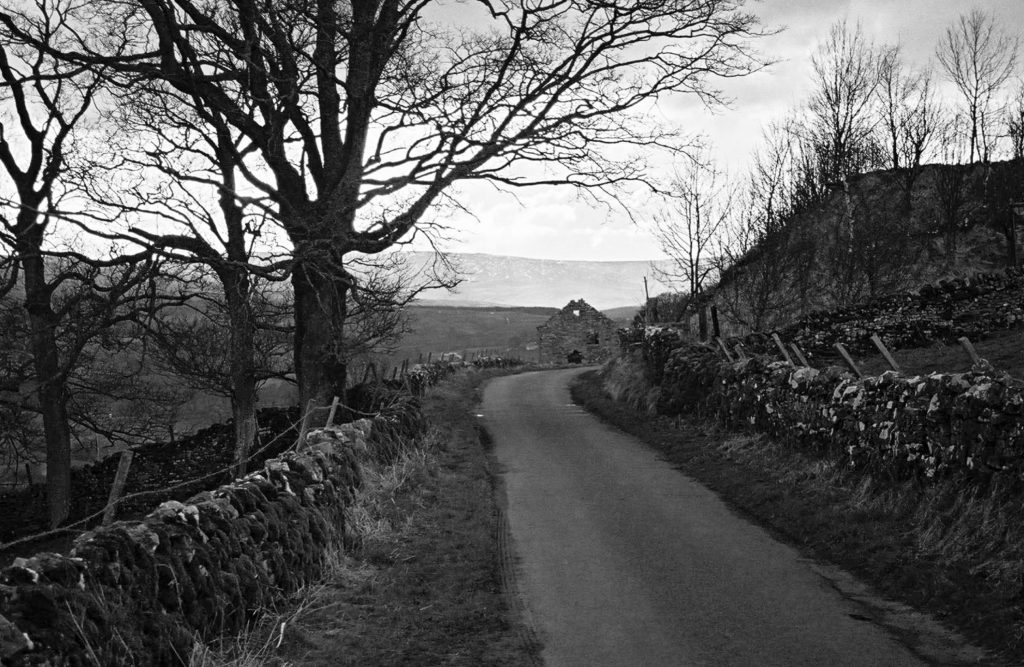
In a recent blog post called Online Tentacular Lindsey Colbourne writes about various new ‘tentacles’; including two she’s trying to develop ‘at a distance’ in terms of online collaborations based on place, one of which is with me. This involves our doing something around the idea and symbolism ‘Corlan’ (fanks, folds, stells, or enclosures depending). I put up a post about the start of this exchange – In Troubled Times – back in April and, given Lindsey’s post, it seems a good idea to pick up on where this has gone since, particularly as the tensions around the idea of enclosure (those place that protect by limiting freedom to move) has become increasingly relevant since then.
Our on-line exchange on this, following my all-too-brief visit to Dyffryn Peris, began with Lindsey explaining to me that the Welsh term for what I would call a fank is Corlan, basically COR; ‘small’ and LLAN ‘enclosed open spot/patch’. This is also used for larger enclosures like areas of land or villages.
Taking this as a starting-point, I began to assemble a whole plethora of material, during which some underlying questions began to form. One of these relates to Tim Ingold’s reminder us that, when we are in a taskscape listening, we are at the centre of the sound-world; whereas when we are looking we are always at the edge of a ‘field of vision’ looking ‘in’ or ‘out’. (Of course these two activities are almost never wholly separable, but the point remains valid if thought in terms of emphasis). This prompted the beginning of a question along the lines of: “is any link between an emphasis on either listening or looking and the shape of a dwelling”?
The circular (associated with a privileging of listening) in relation to buildings would relate to Gaston Bachelard’s discussion of the phenomenology of roundness – “For when it is experienced from the inside, devoid of all external features, being cannot be otherwise than round”. (The Poetics of Space p. 234). The square/rectangular, by contrast, would seem to presuppose a worldview in which sight oriented outwards (including, perhaps, the notion of the four cardinal points is stressed. This gives a more differentiated sense of world, one in which we look out in different directions that, in turn, are given differentiated qualities.
I then looked at a great deal of archaeological material, which suggests that both circular and rectangular enclosures – whether built for human habitation or the protection of domestic animals, have existed for the last 6,000 years. Both can be related to the Welsh term Hafod – a summer place (equivalent in terms of place to the English/Scottish Borders term sheiling) – and in both cases a relic of the ancient practice of seasonal transhumance.
But if these point to a type of place in the semi-nomadic agricultural world of seasonal transhumance, Corlan can also be related to other enclosed spaces – for example the portable herb garden that supposedly belonged to Siwan, the Lady of Wales, who lived at Dolbadarn castle just down the valley on Padarn Lake. (There is an argument that the architectural design of different parts of the castle can be seen as ‘male’ and ‘female’, with the garden area being central to the ‘female’ part. This in turn relates to the hortus conclusus or enclosed garden (and so by implication to the medieval symbolism of the Garden of Paradise). These nested senses of enclosure as symbol, taken together, played an important part in shaping medieval attitudes toward both women and nature. The sexual ambiguity involved is heightened at Dolbadarn because, in 1230, the English knight de Braose and Siwan began an liaison. He was later charged with adultery and hanged, after they were caught in the chamber she shared with her husband.
Ironically, Dolbadarn would later be used as a ‘vaccary’, that is a corlan for cows.
All of which is fine but, for me, to be any real use it had to lead to a physical form I could work with. Fortunately, while I was ruminating on what on earth to do with all this material, I came across Alice Aycock’s construction: History of A Beautiful May Rose Garden in the Month of January (1978) and looked at the material she drew on. Most importantly, Sano di Pietro’s Annunciation to the Shepards with its corlan and castle. As a result, I’ve now arrived at a constructed support that allows me to start to focus the material touched on above and to begin a more concrete collaborative conversation with Lindsey.
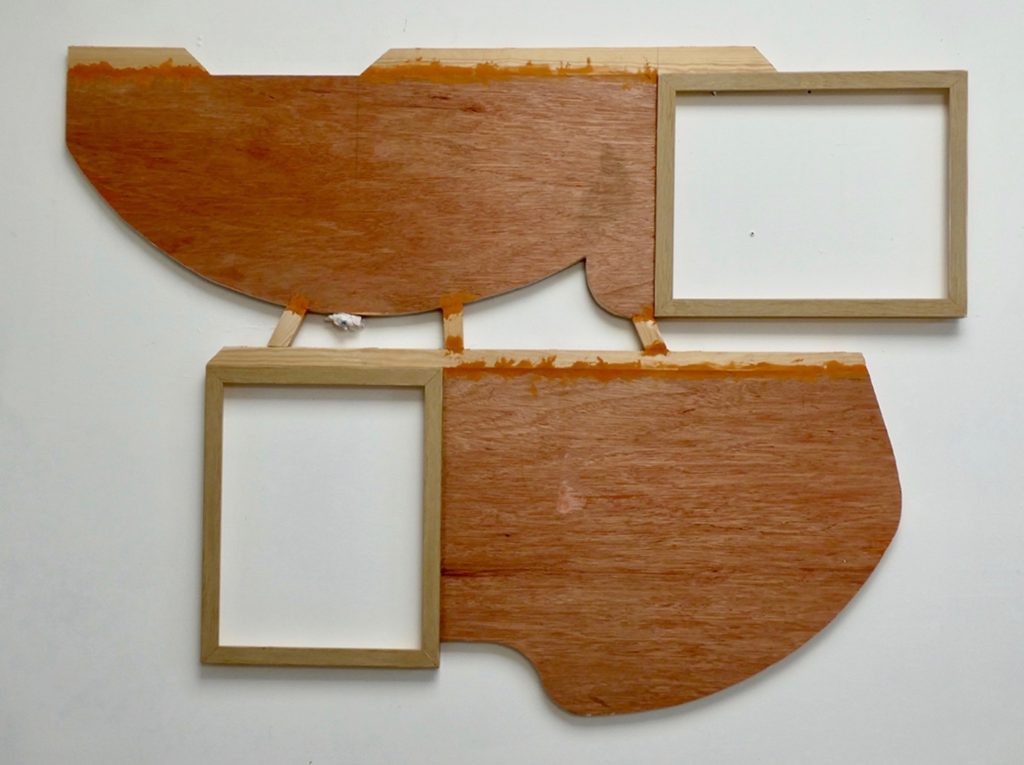
More on this project in due course.